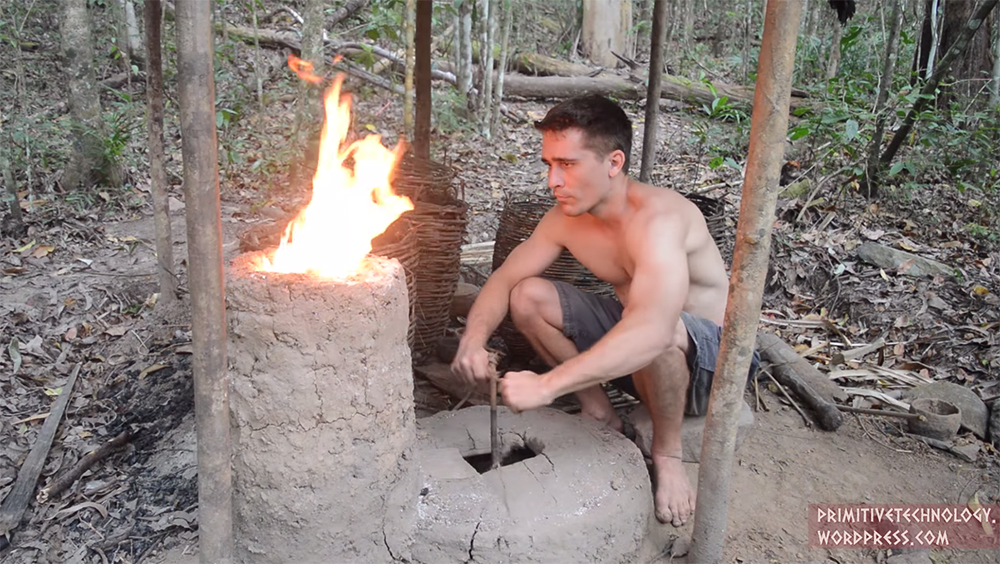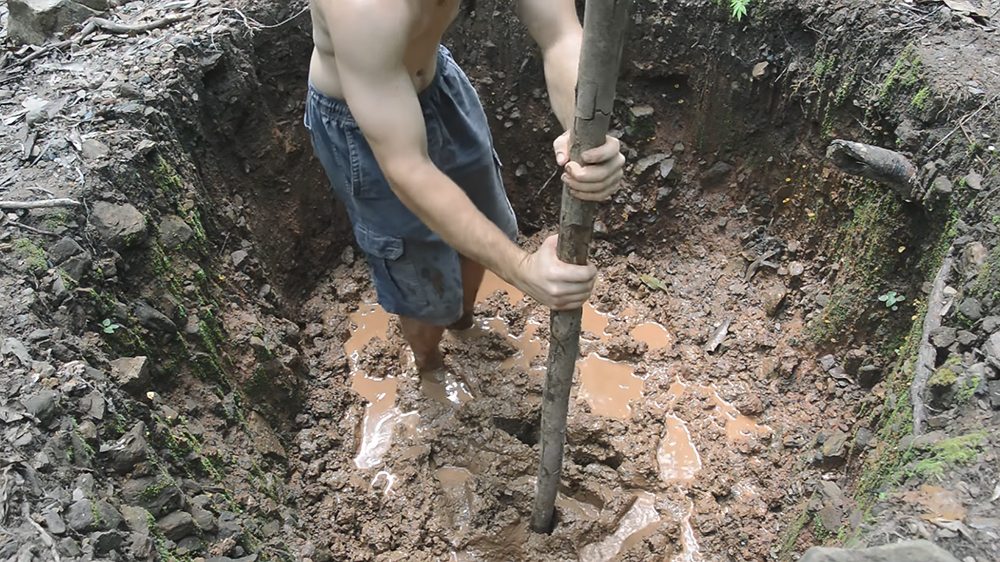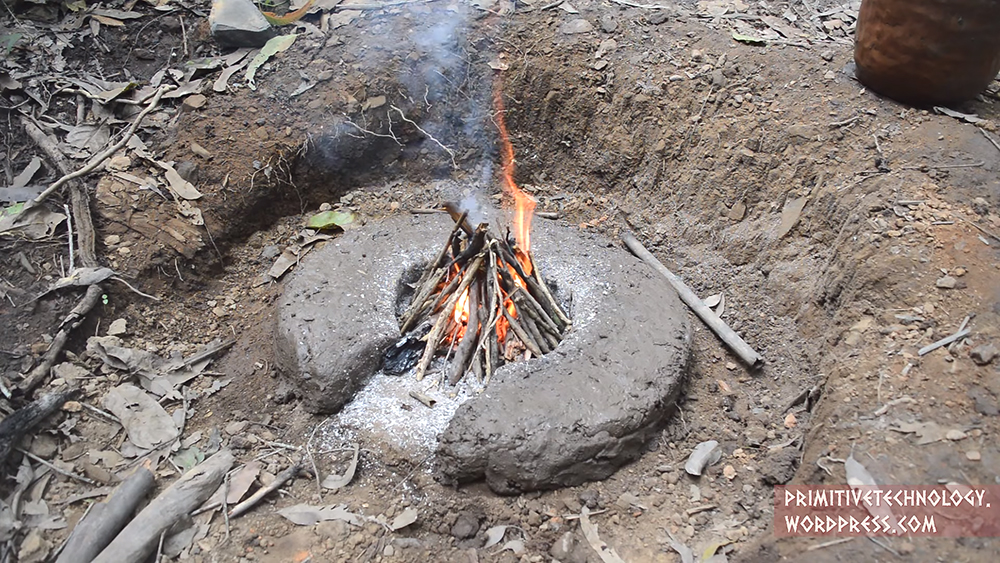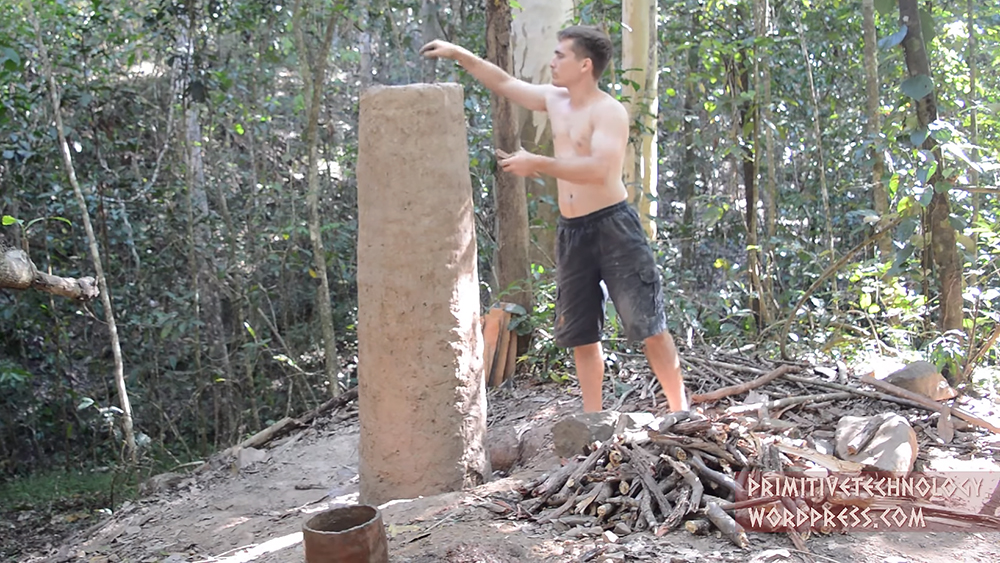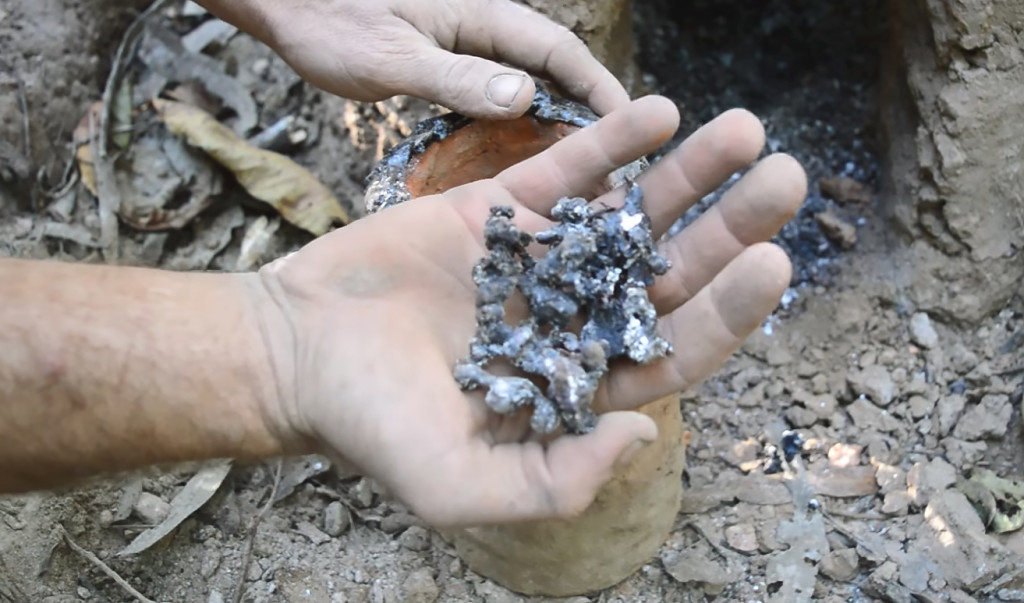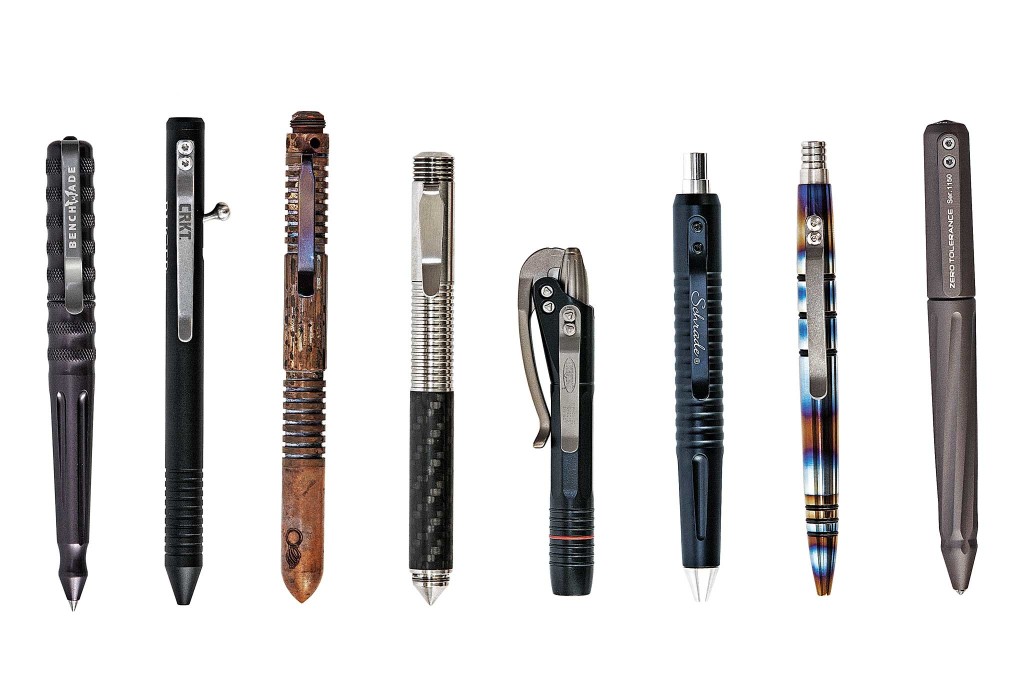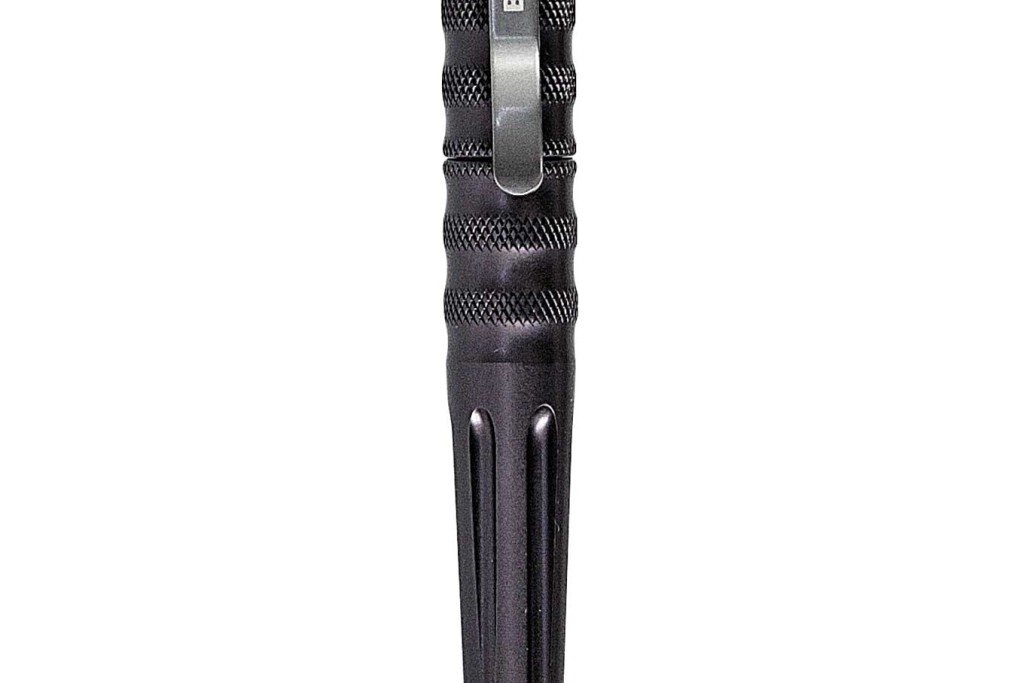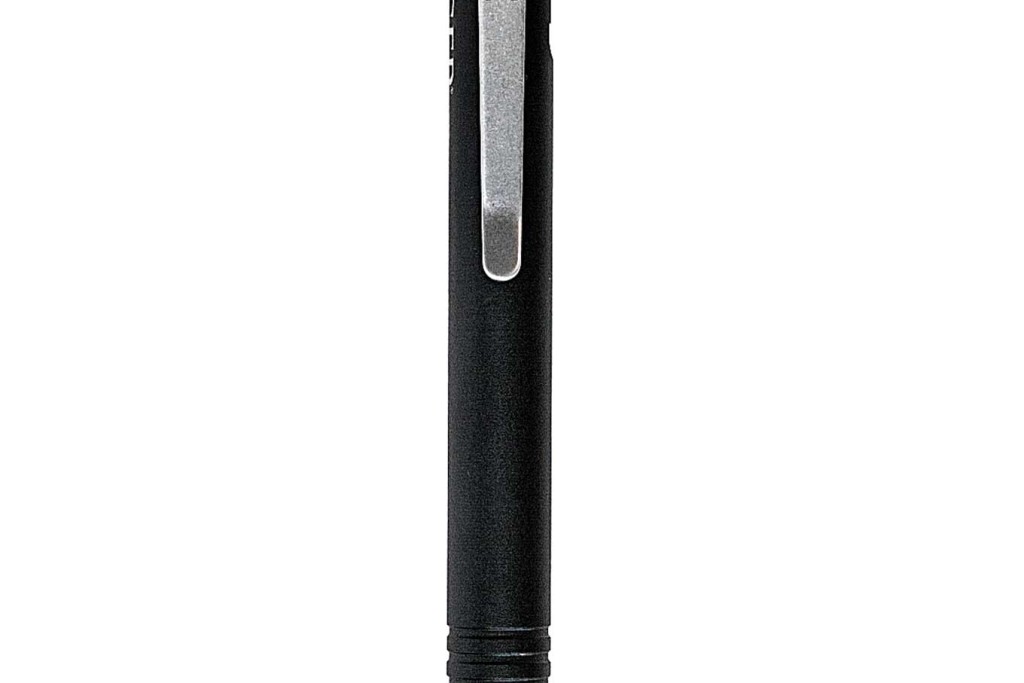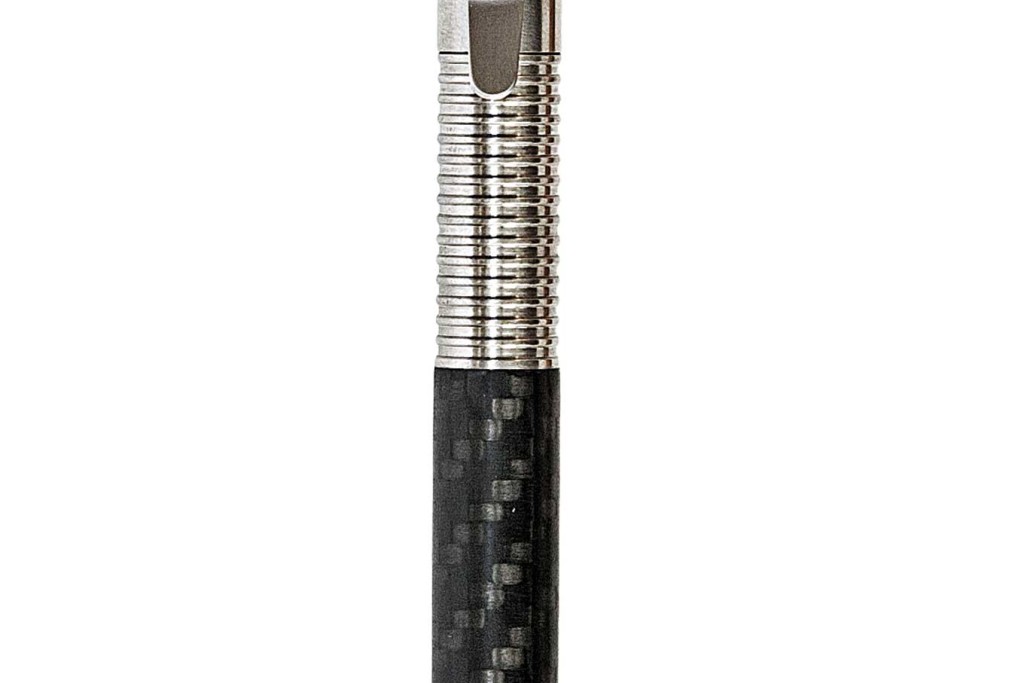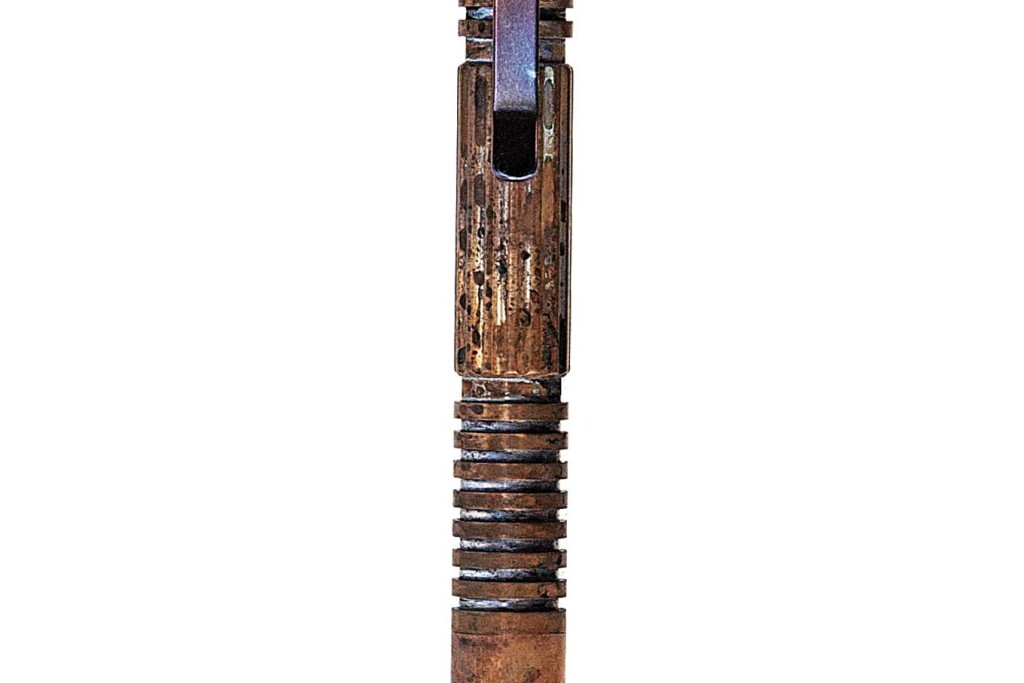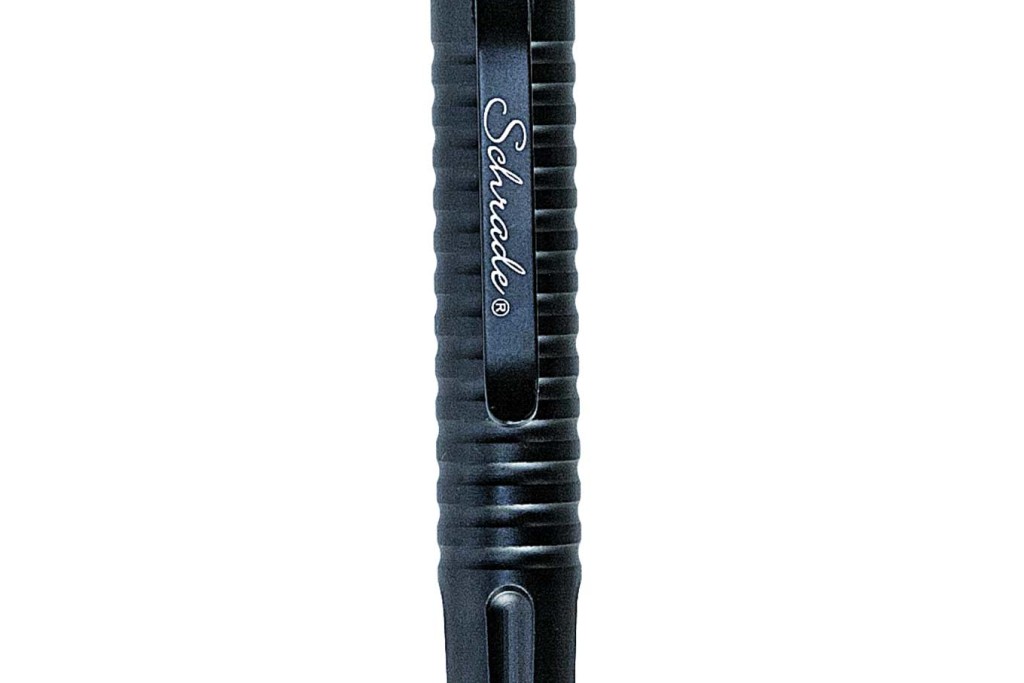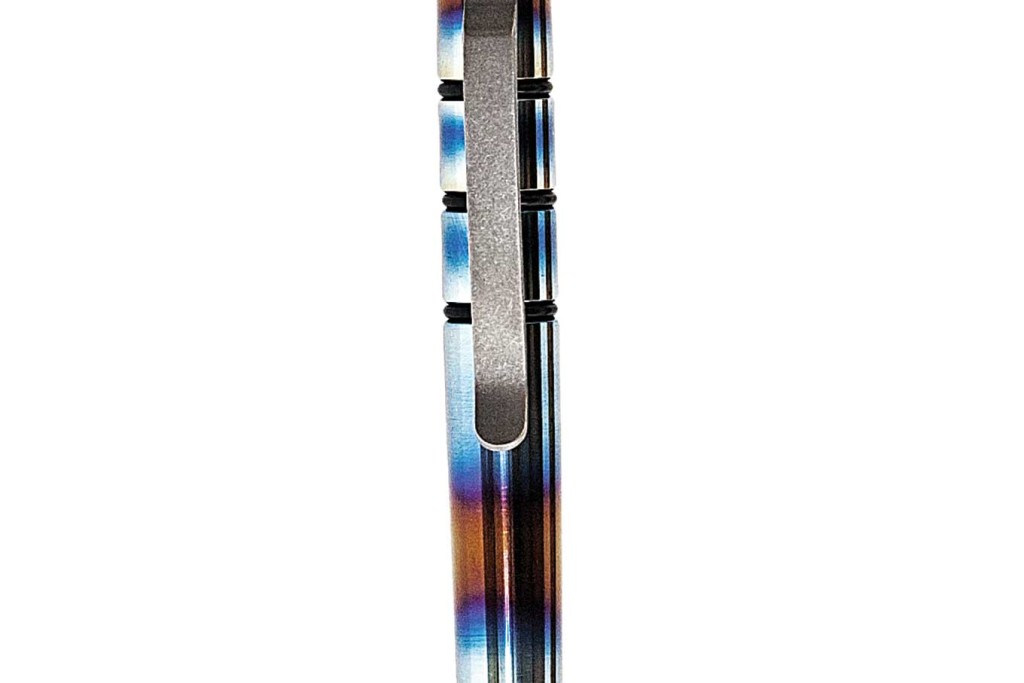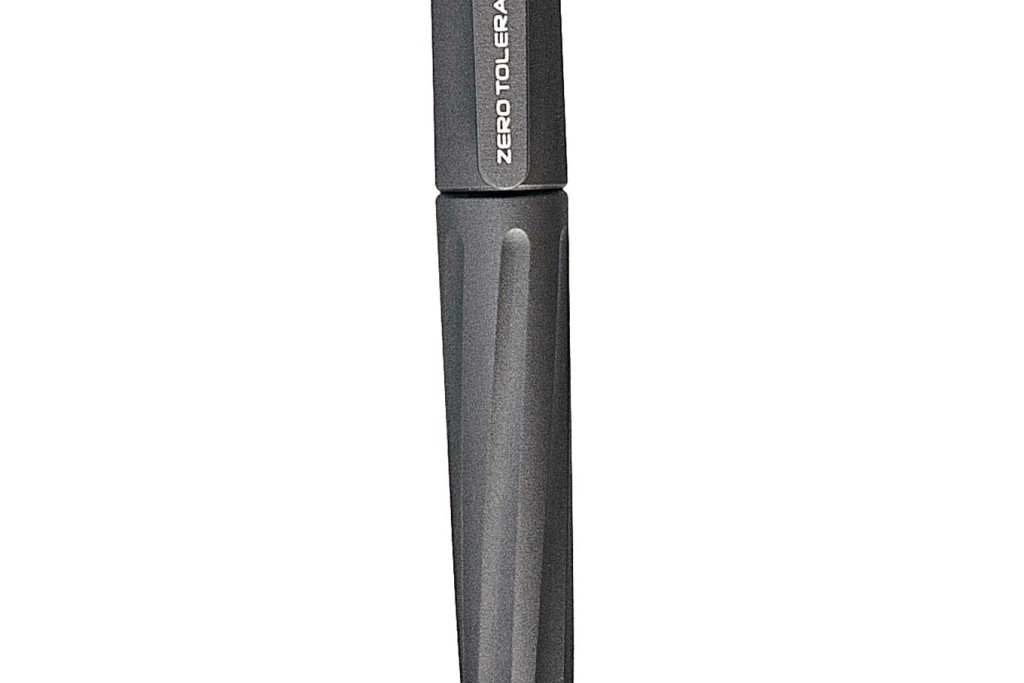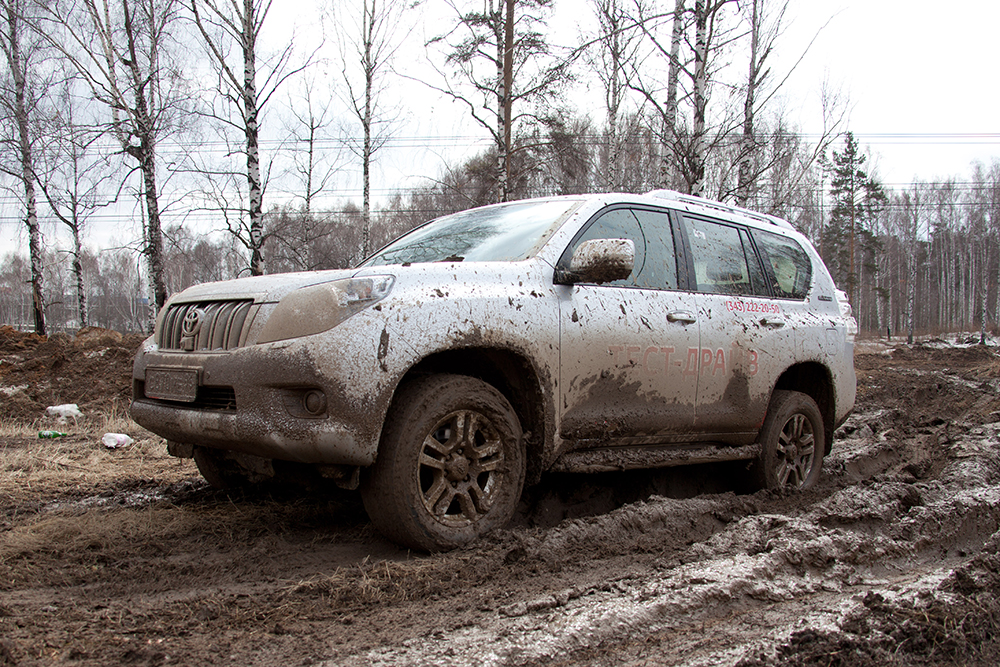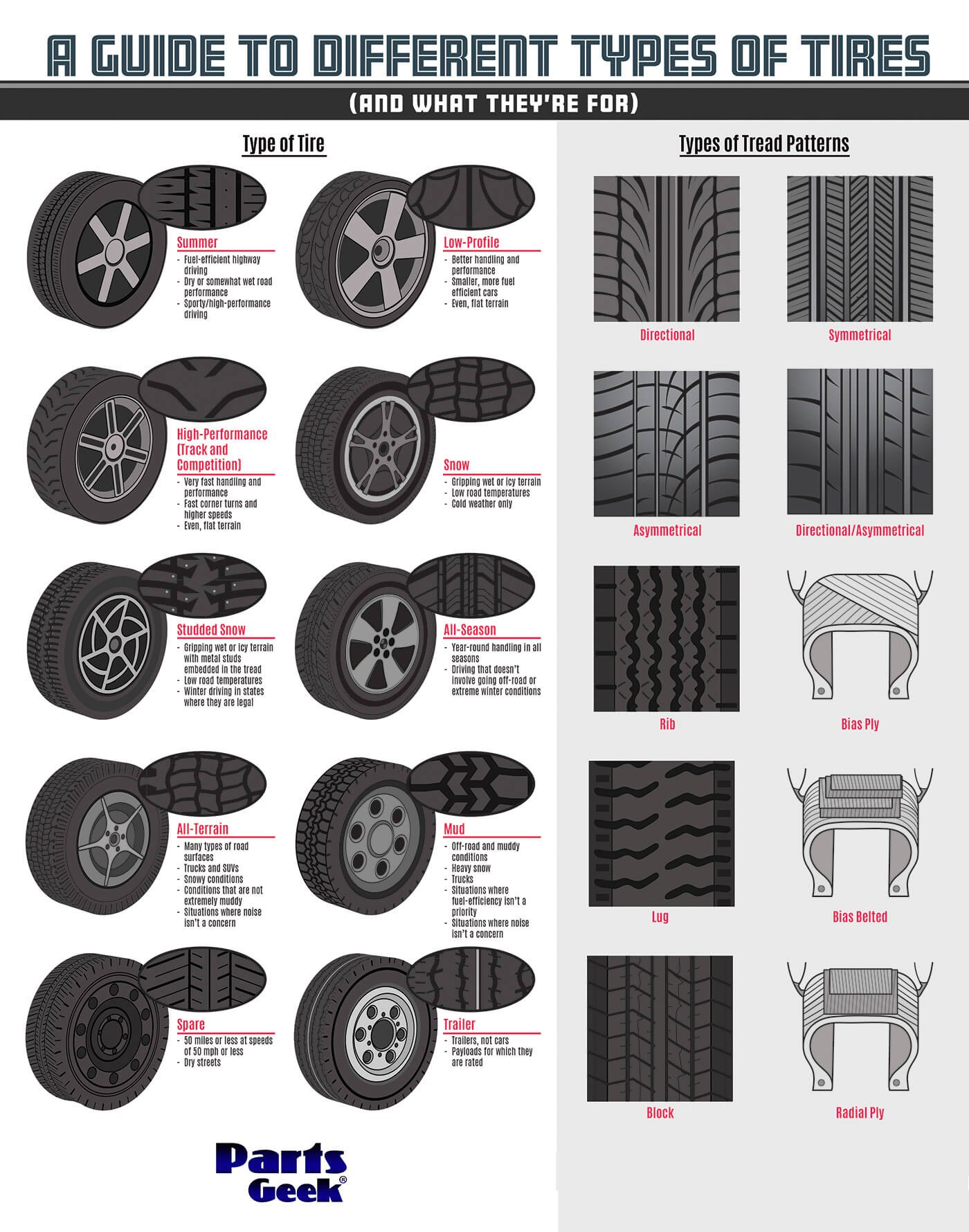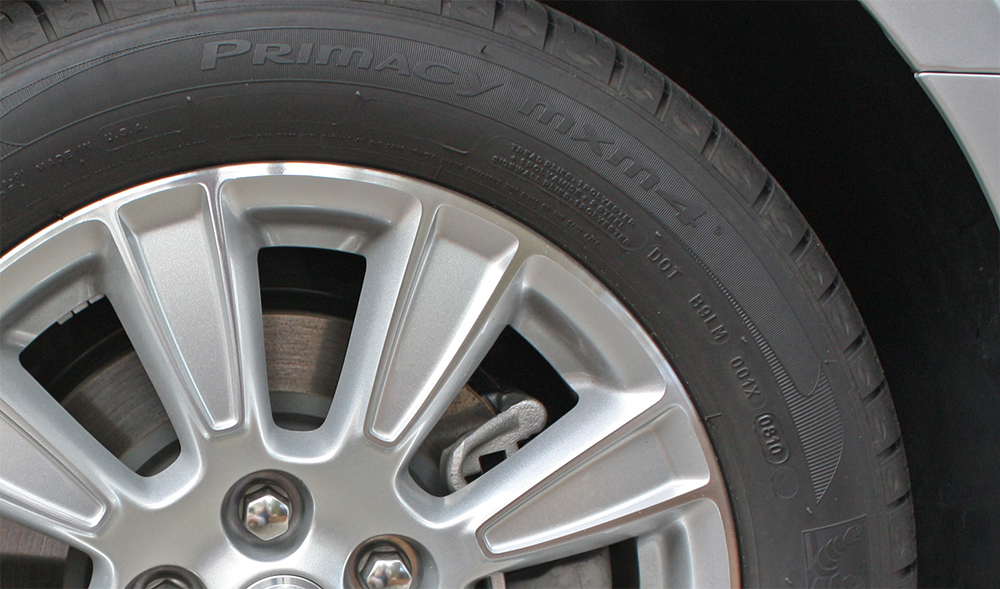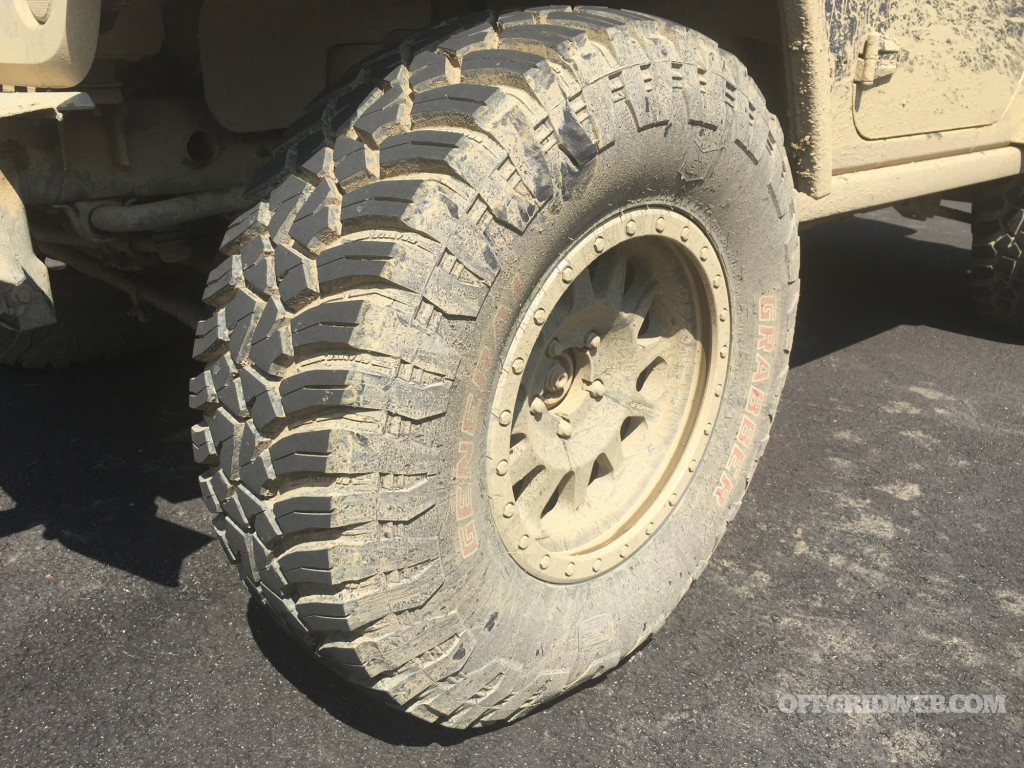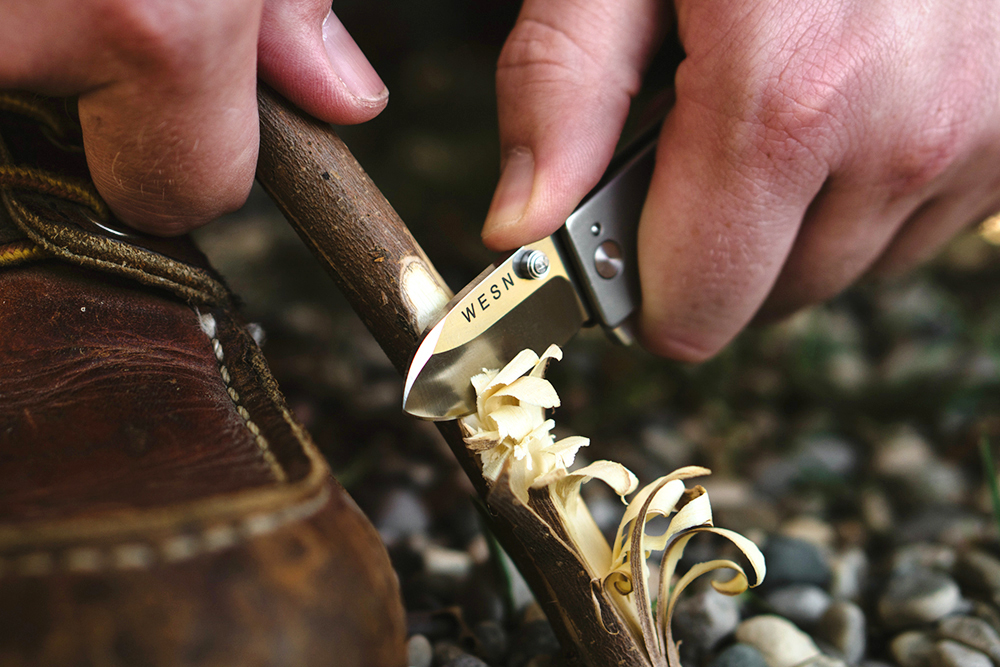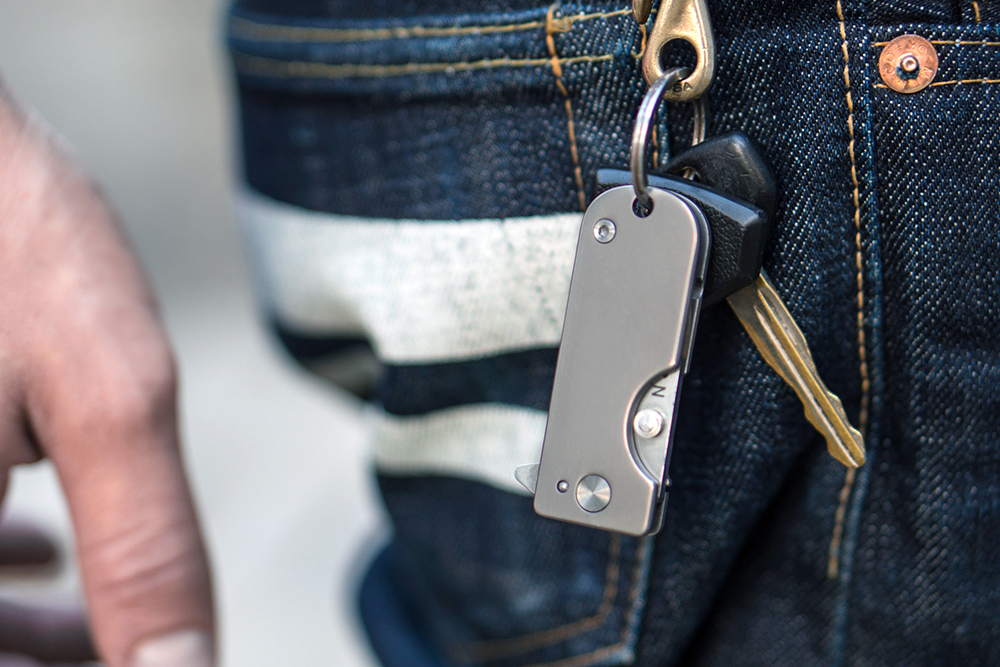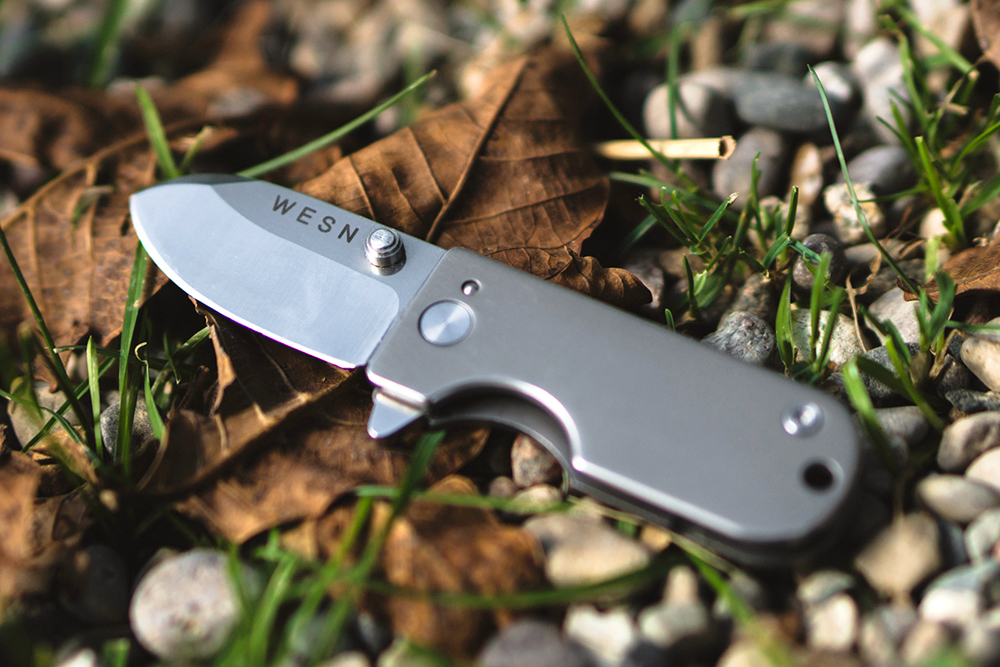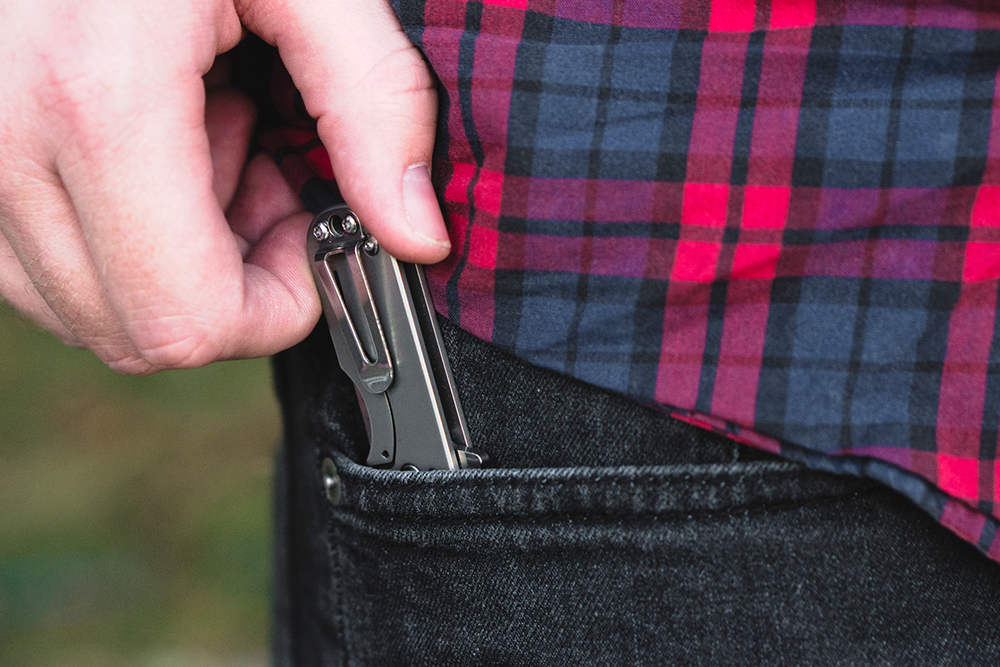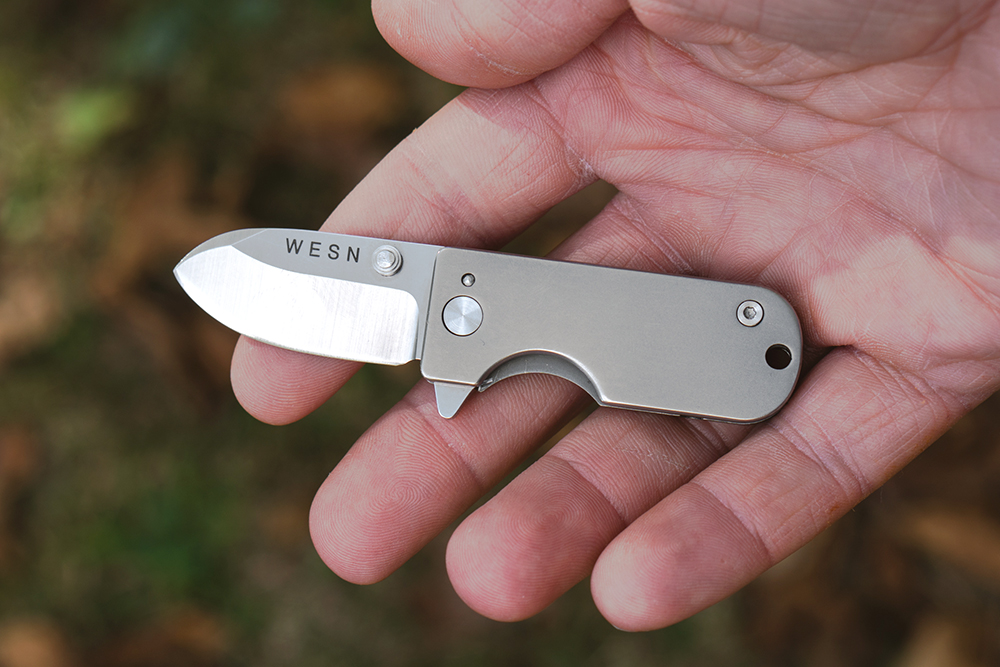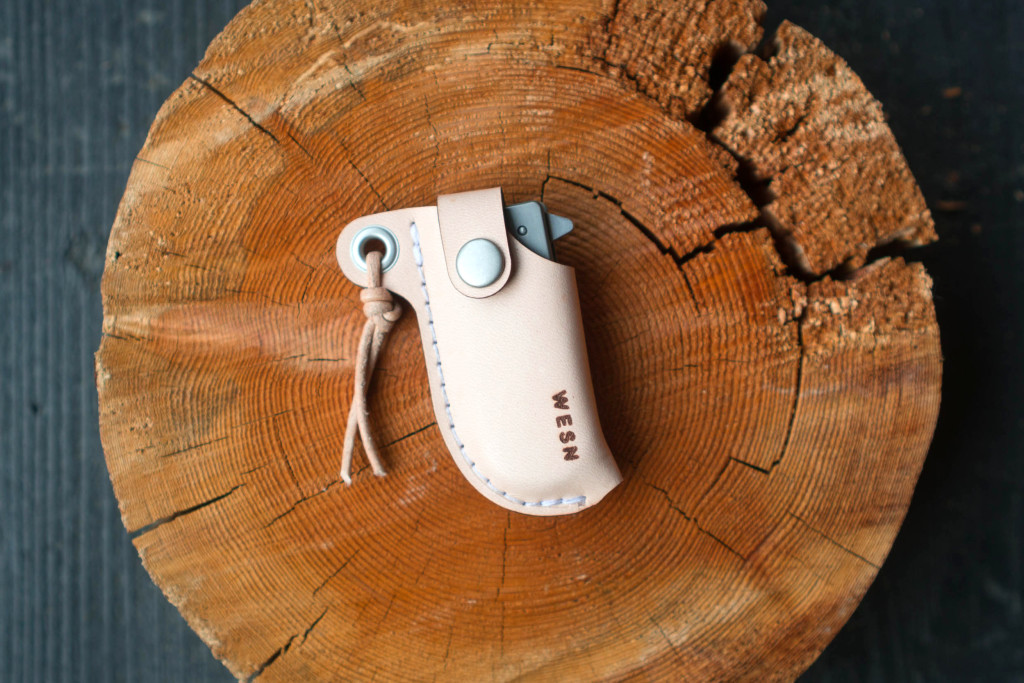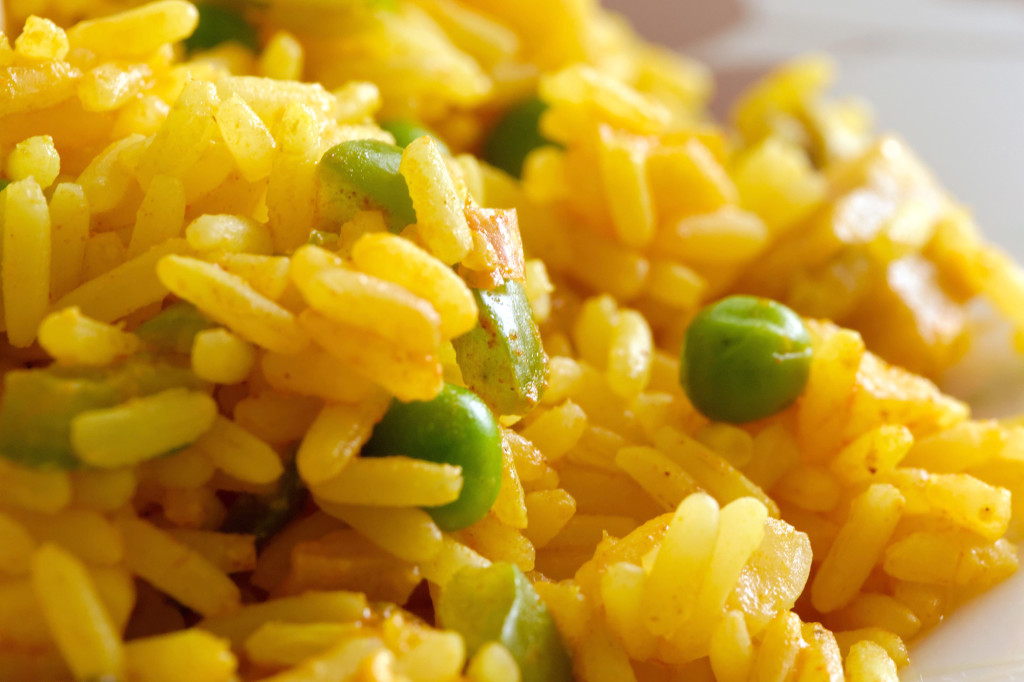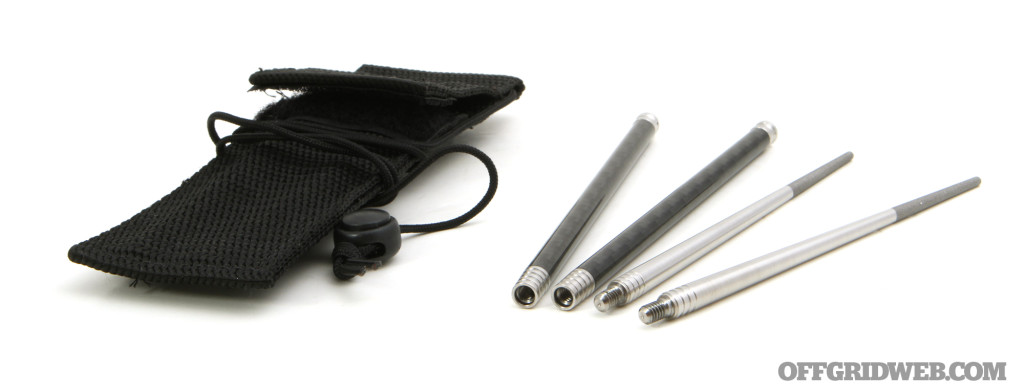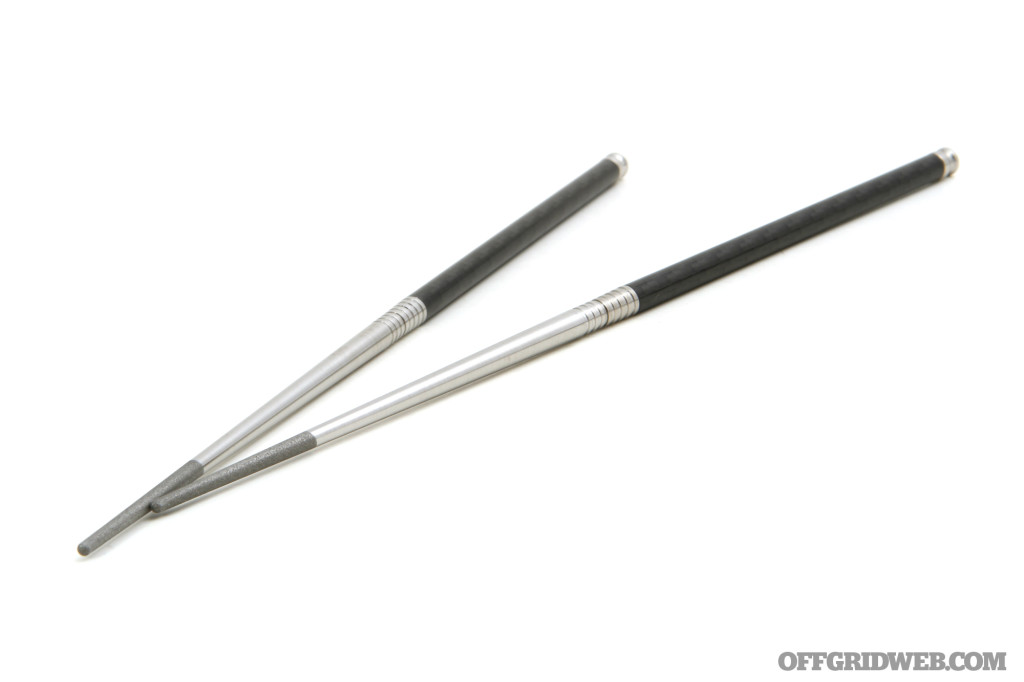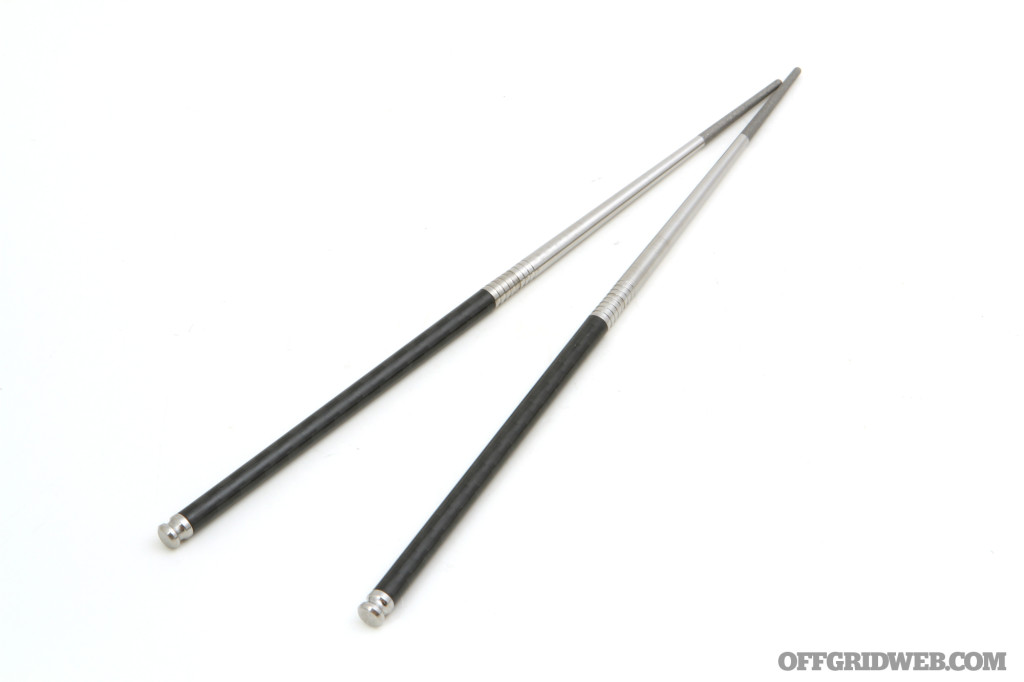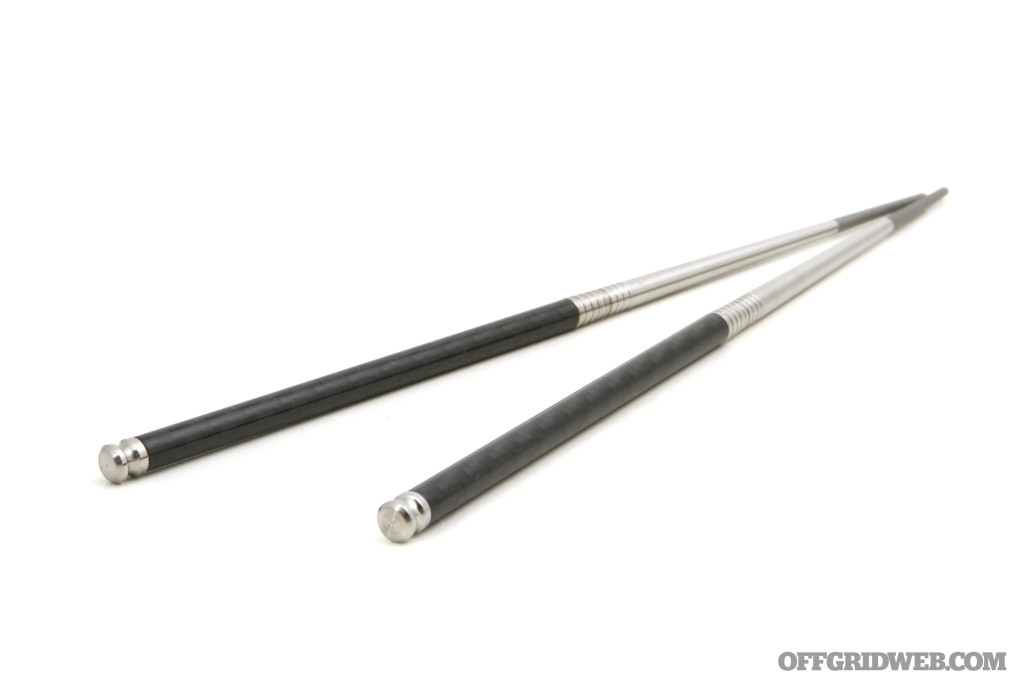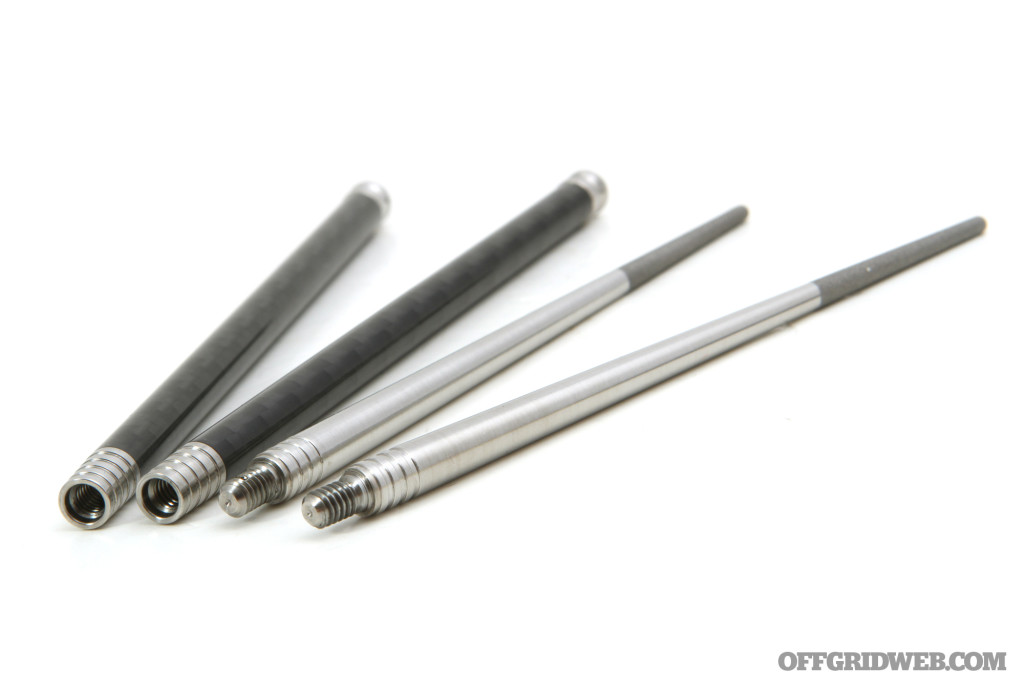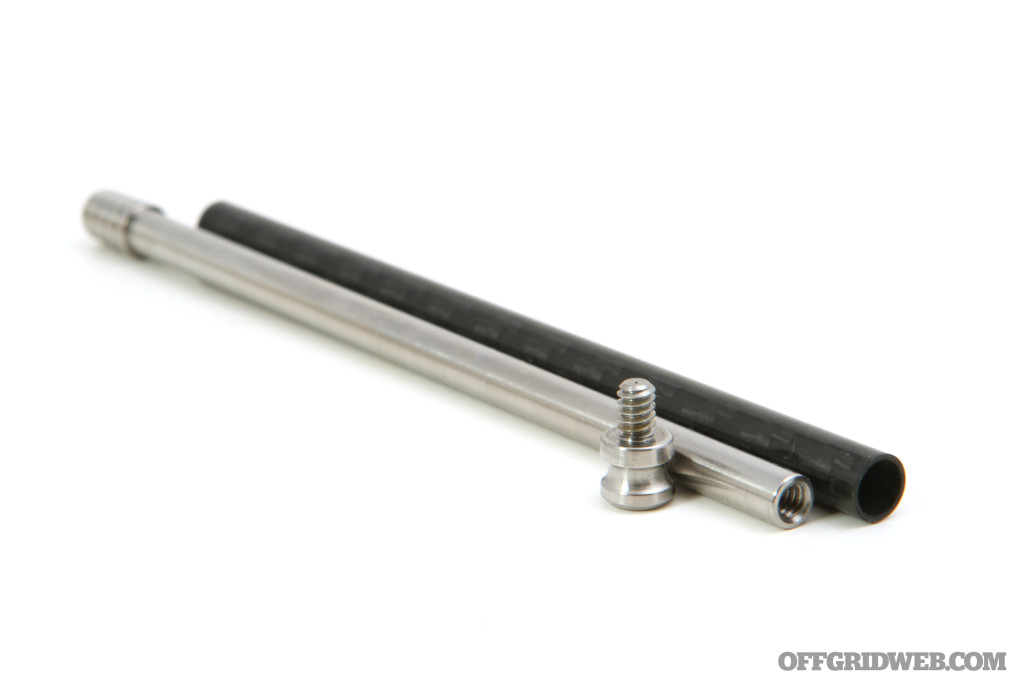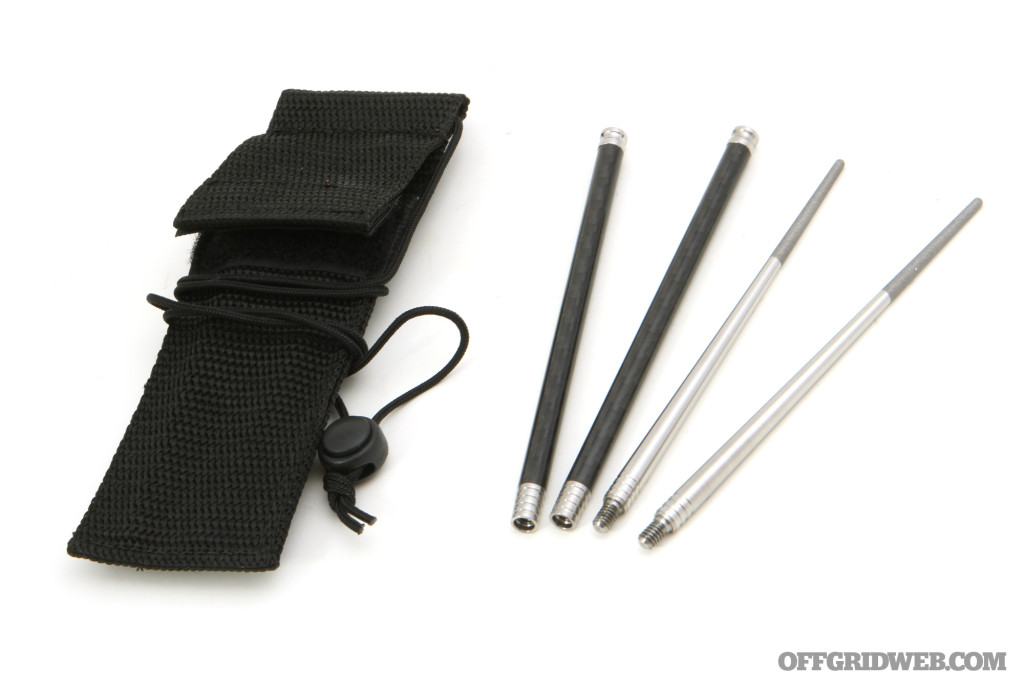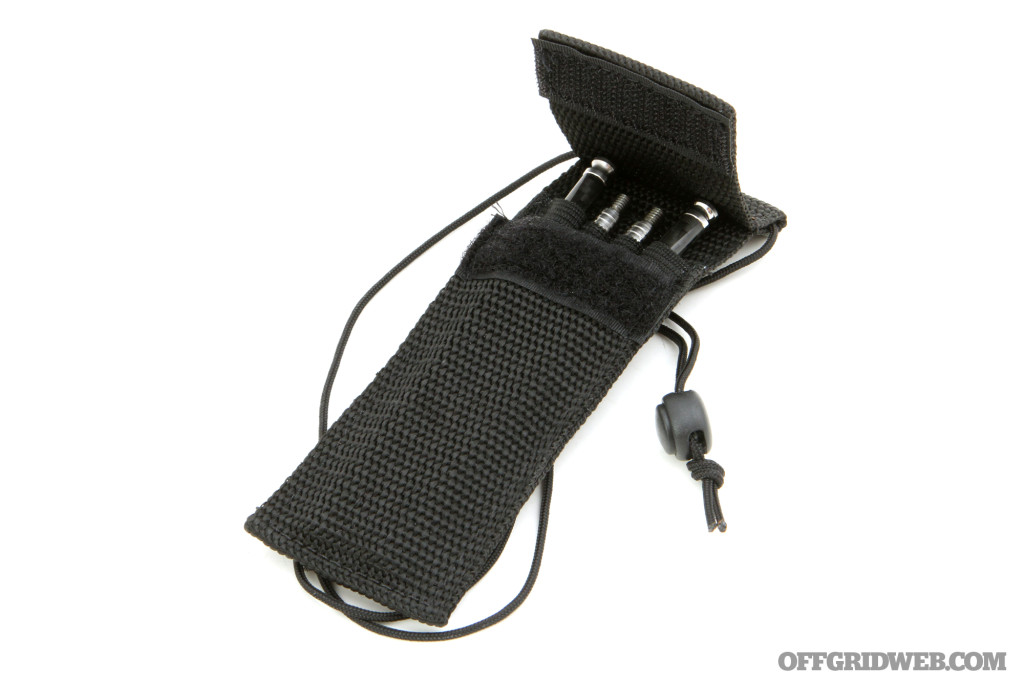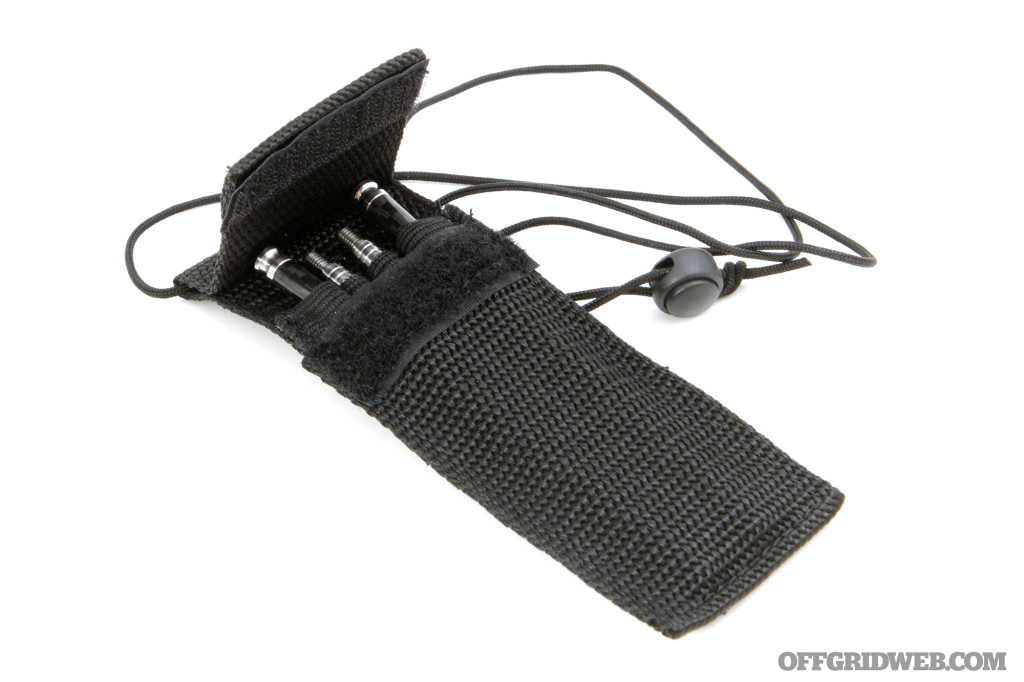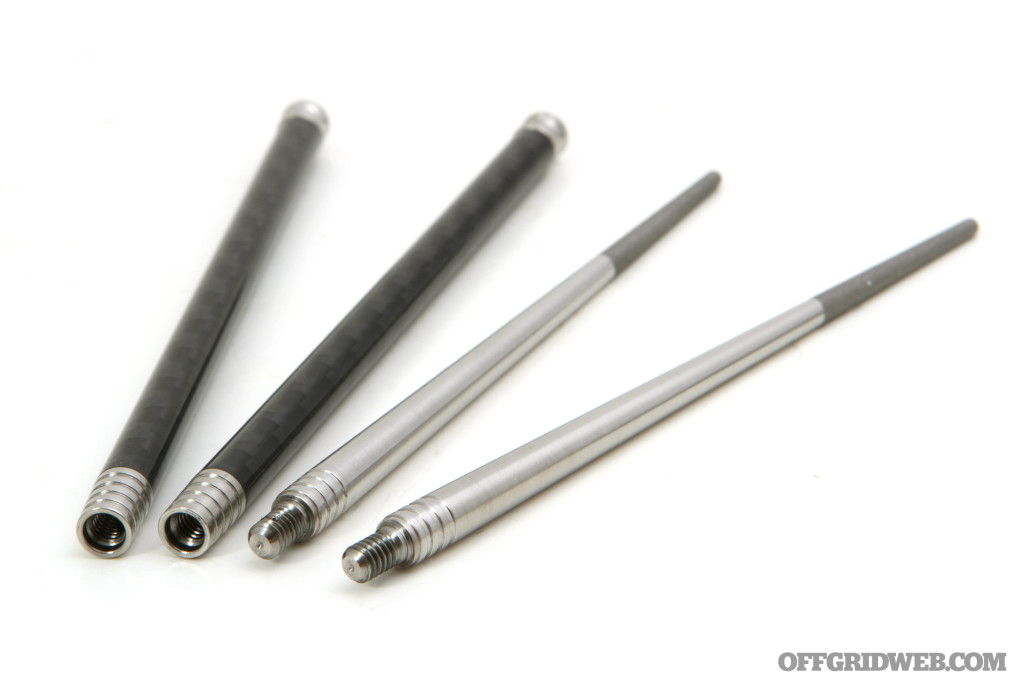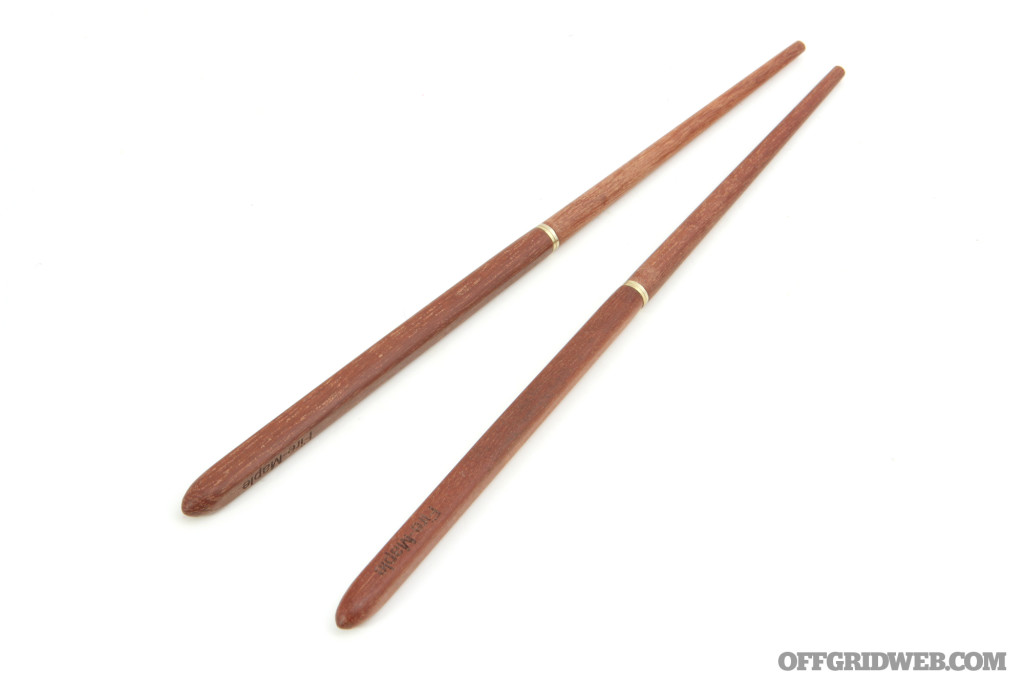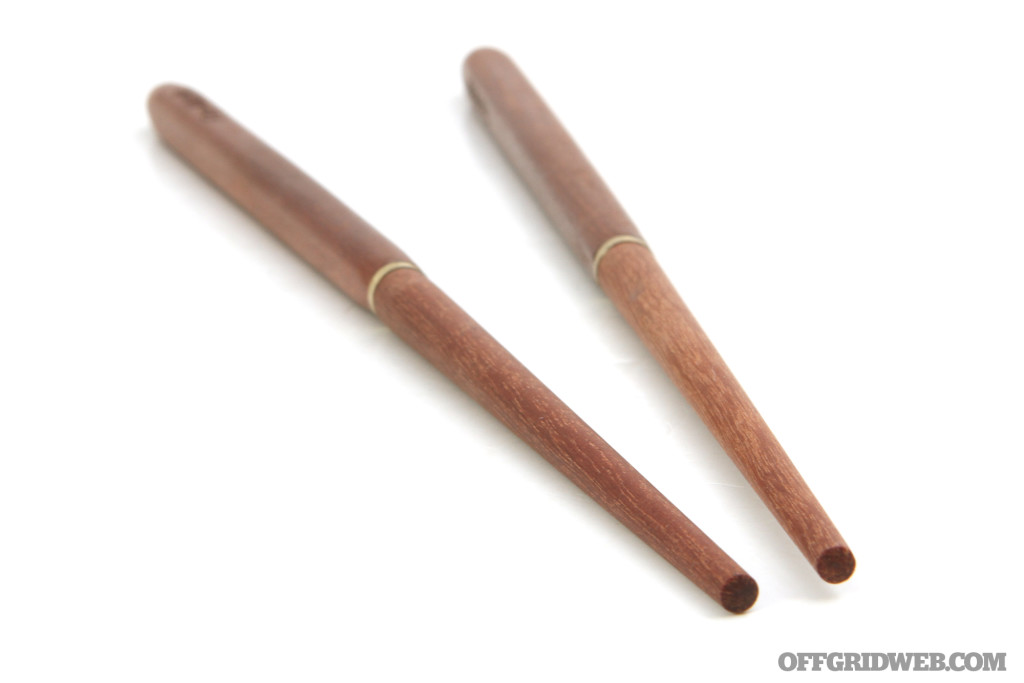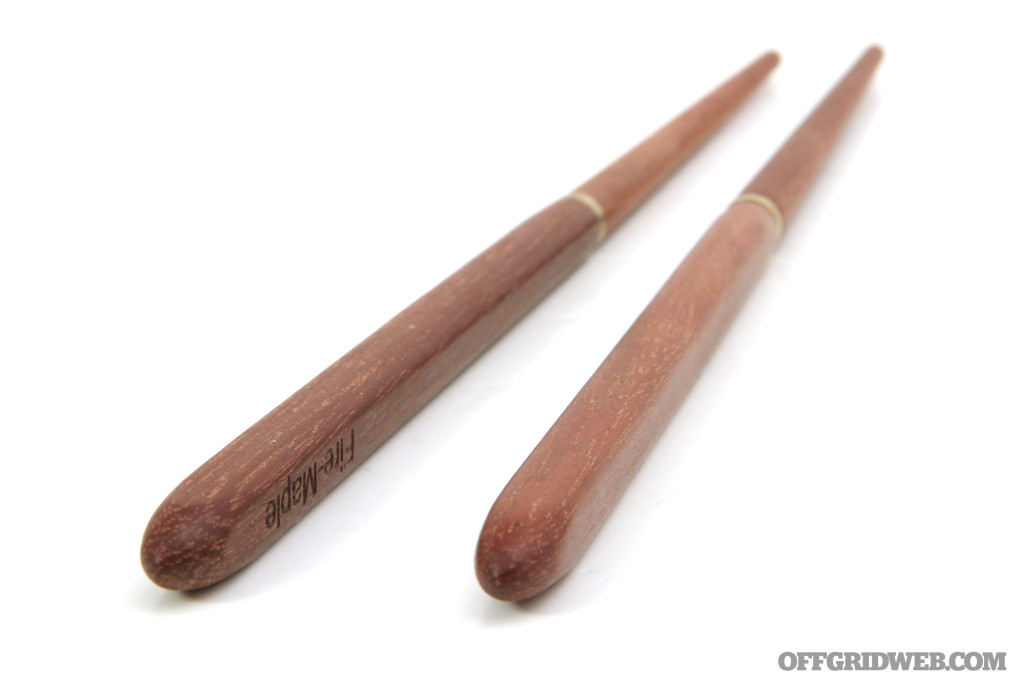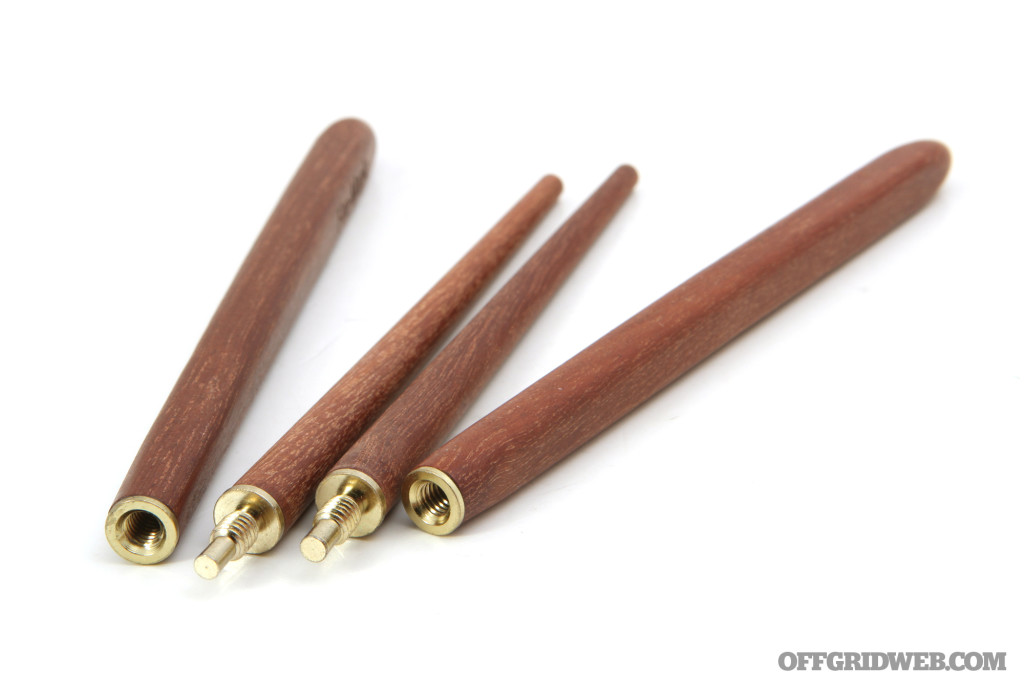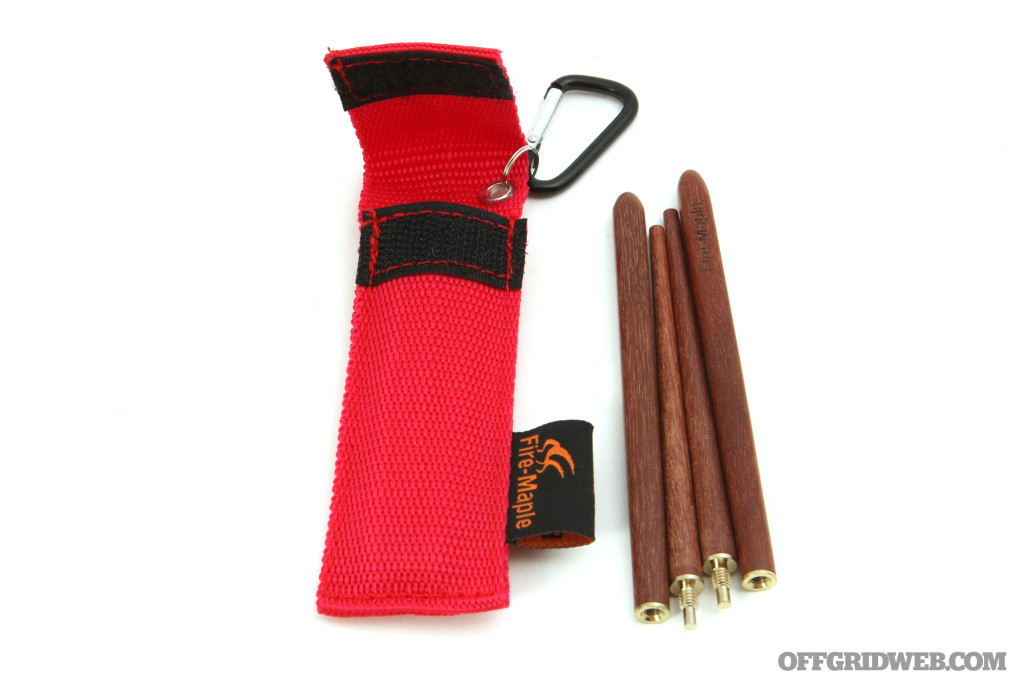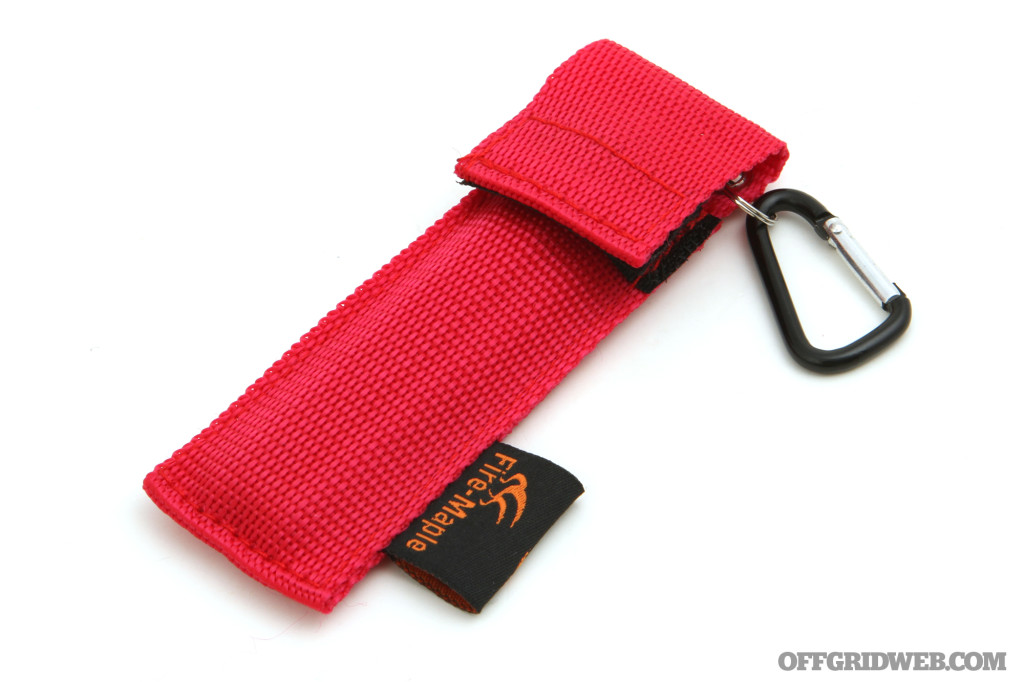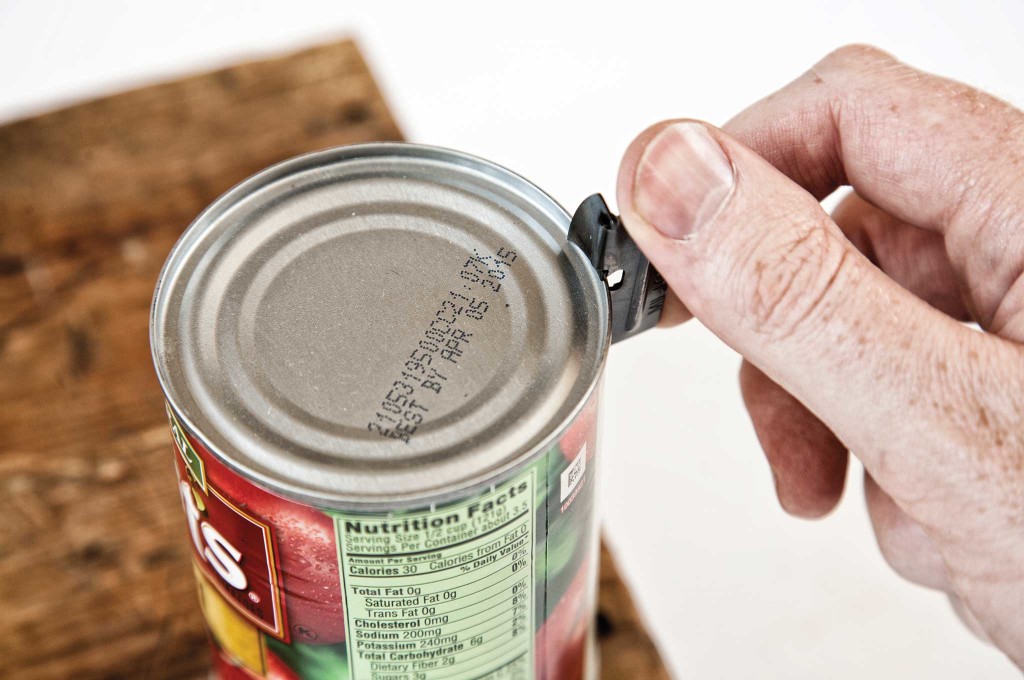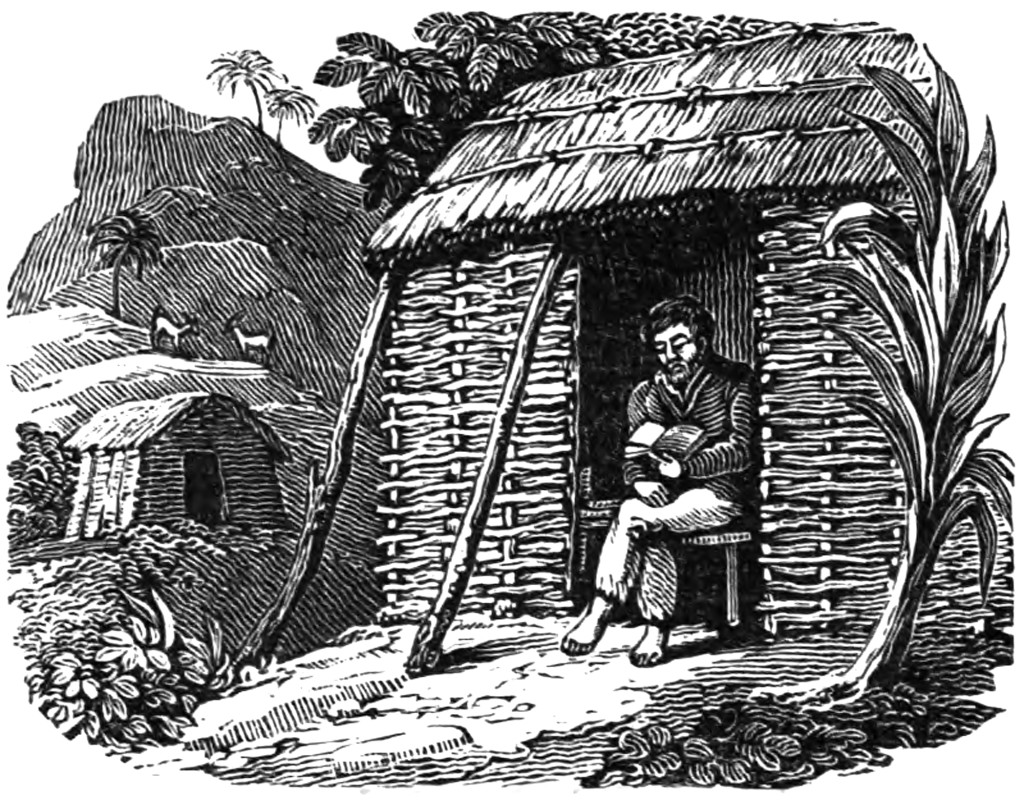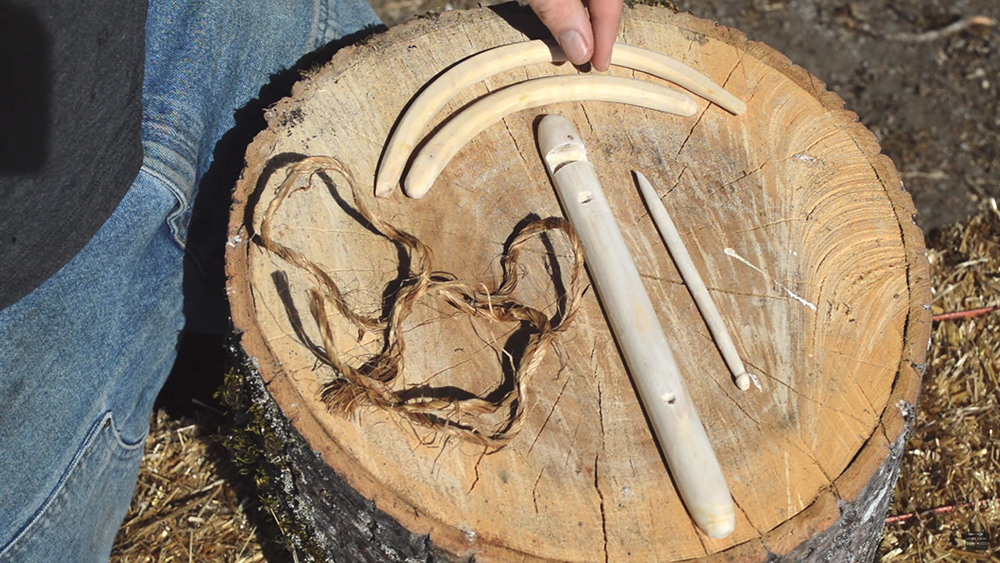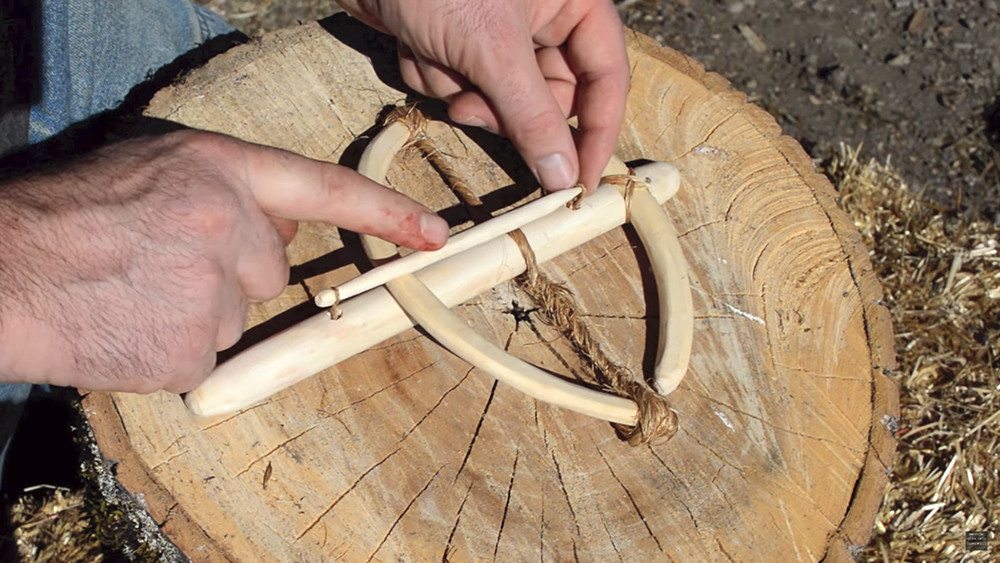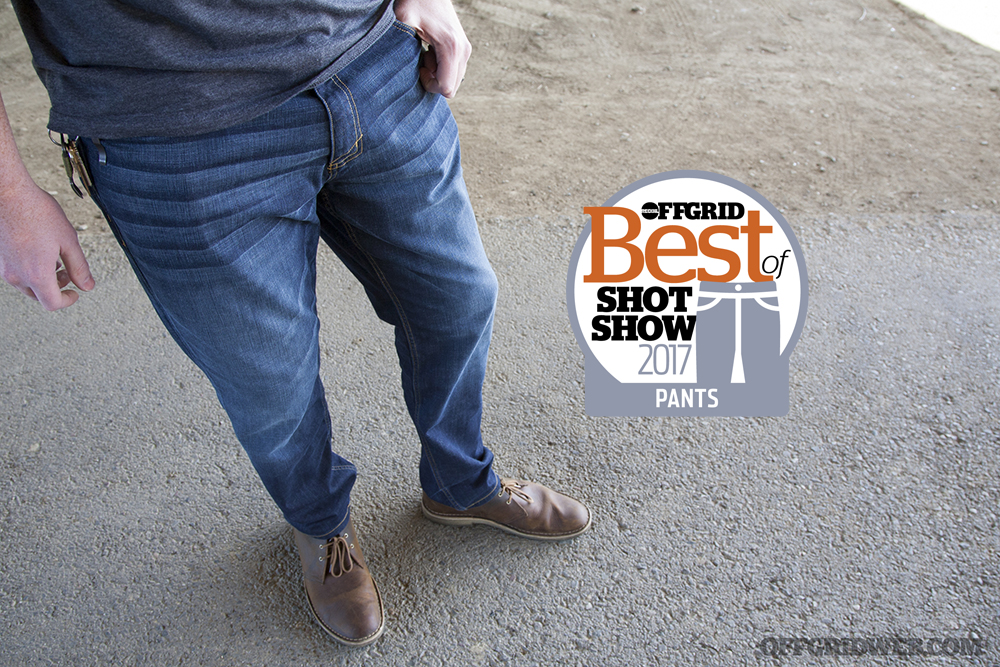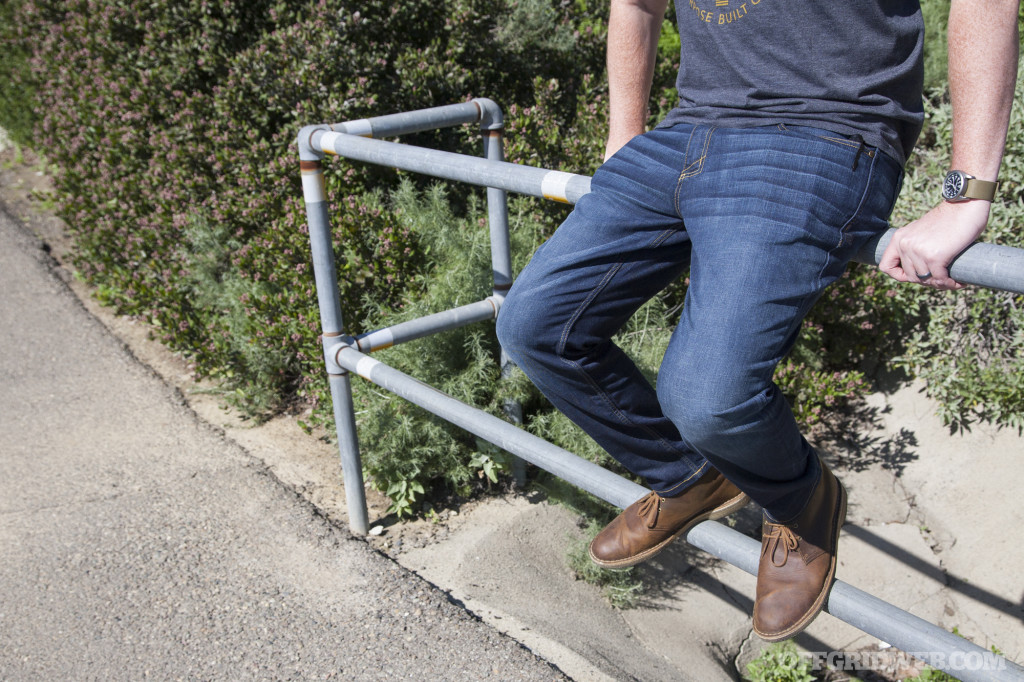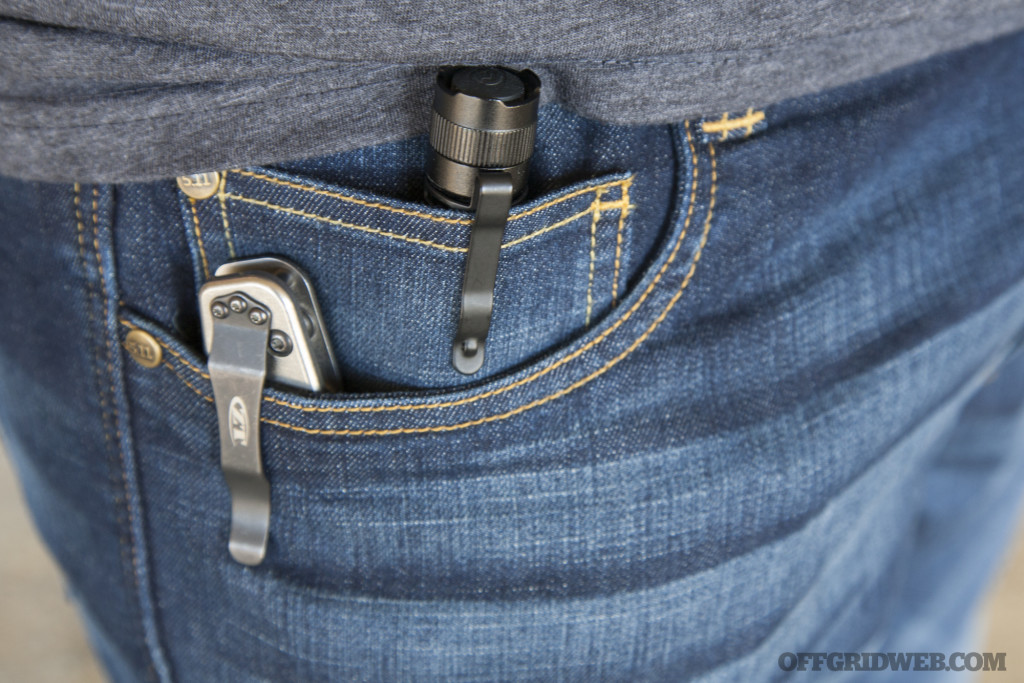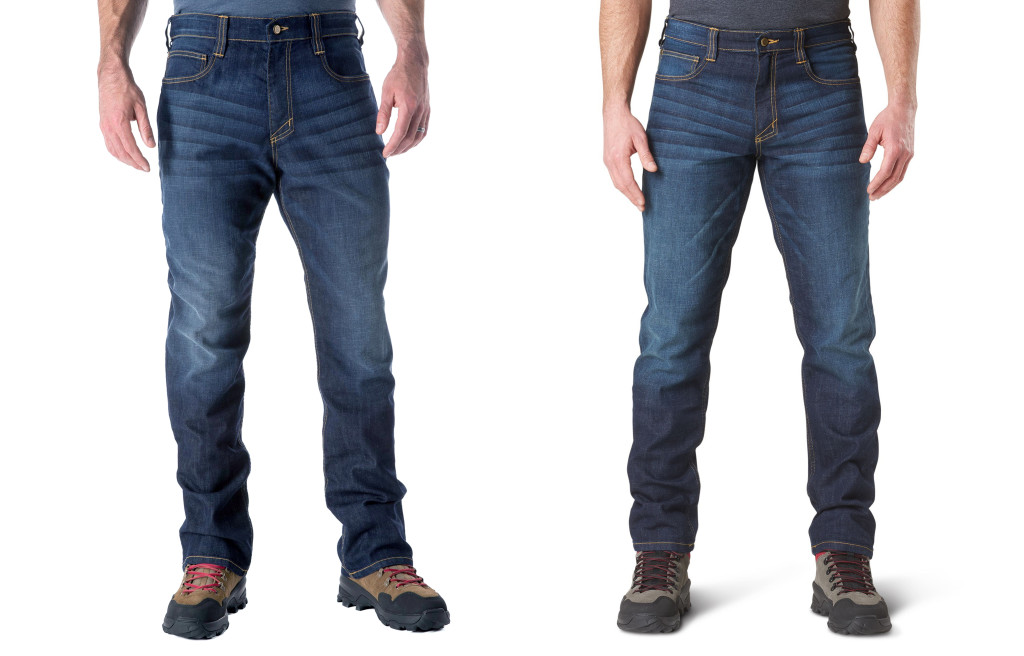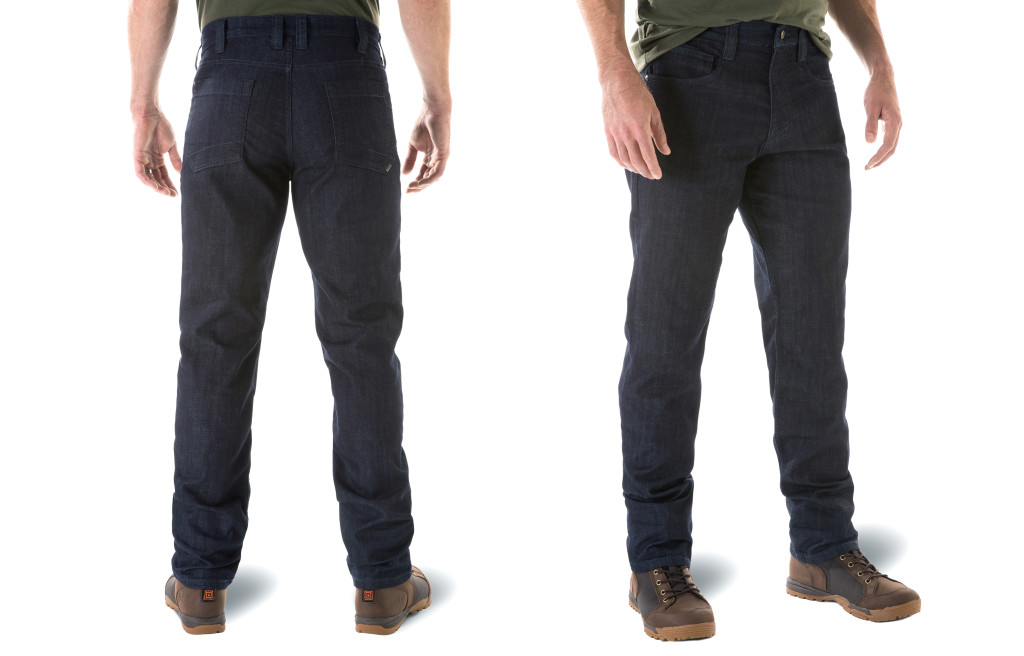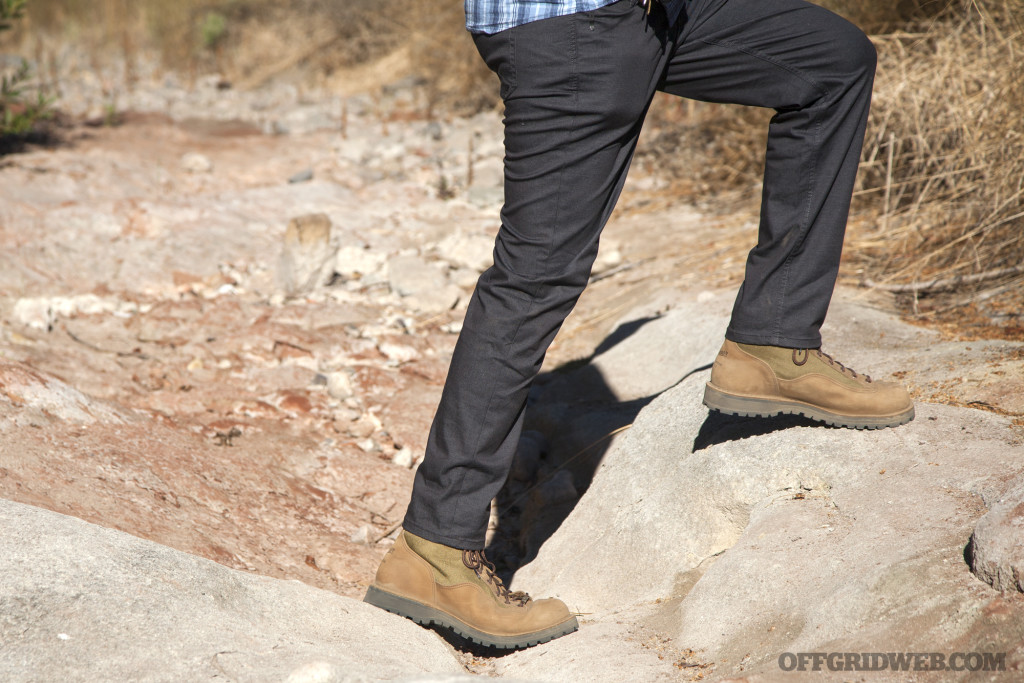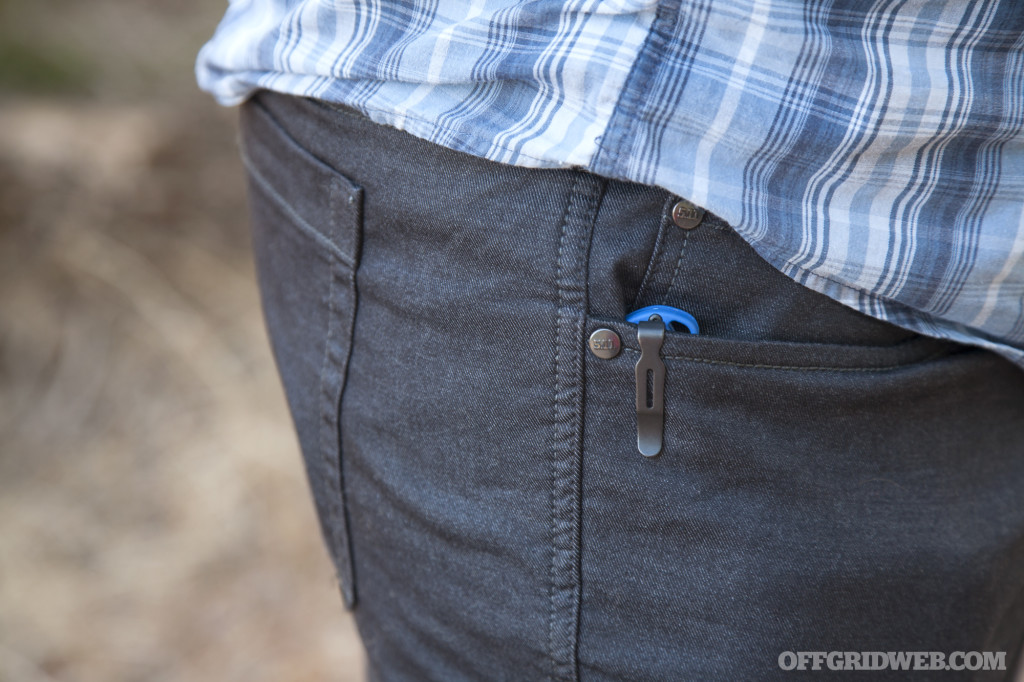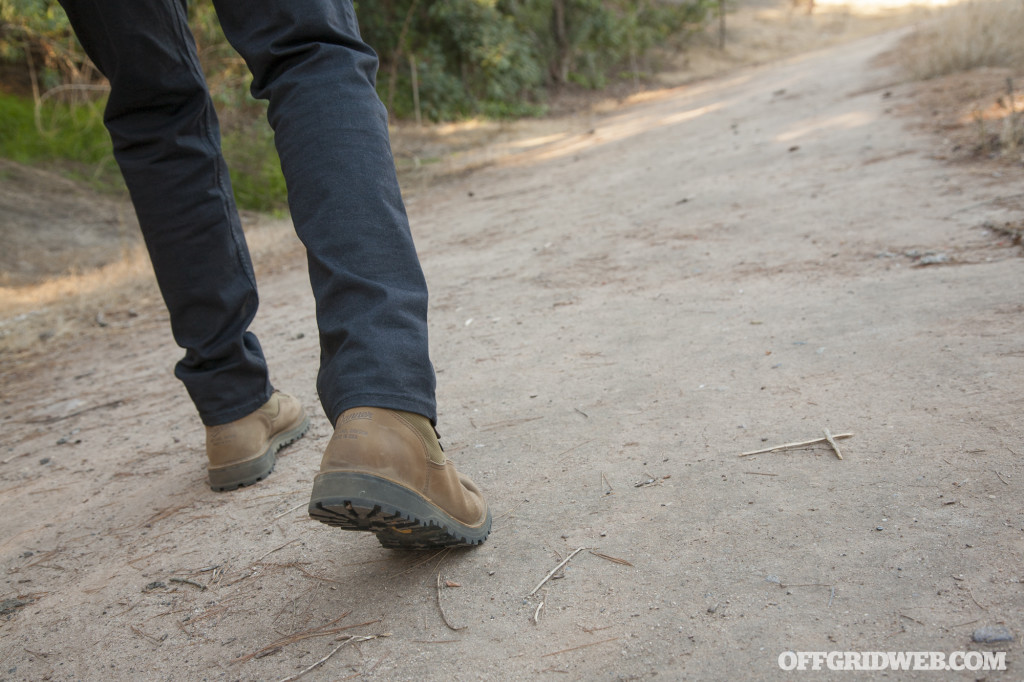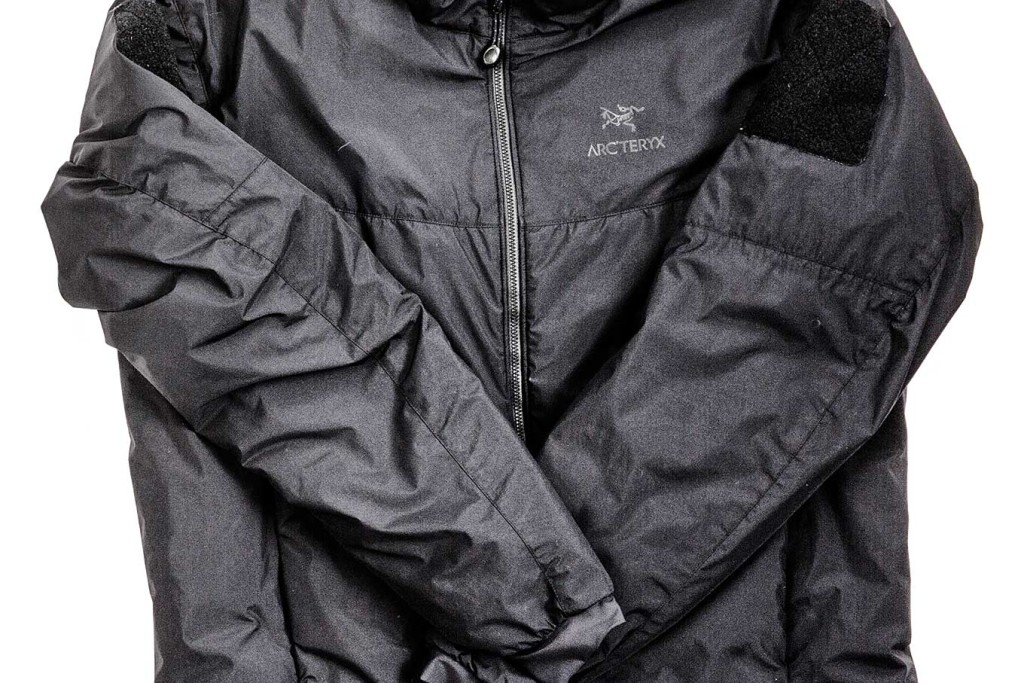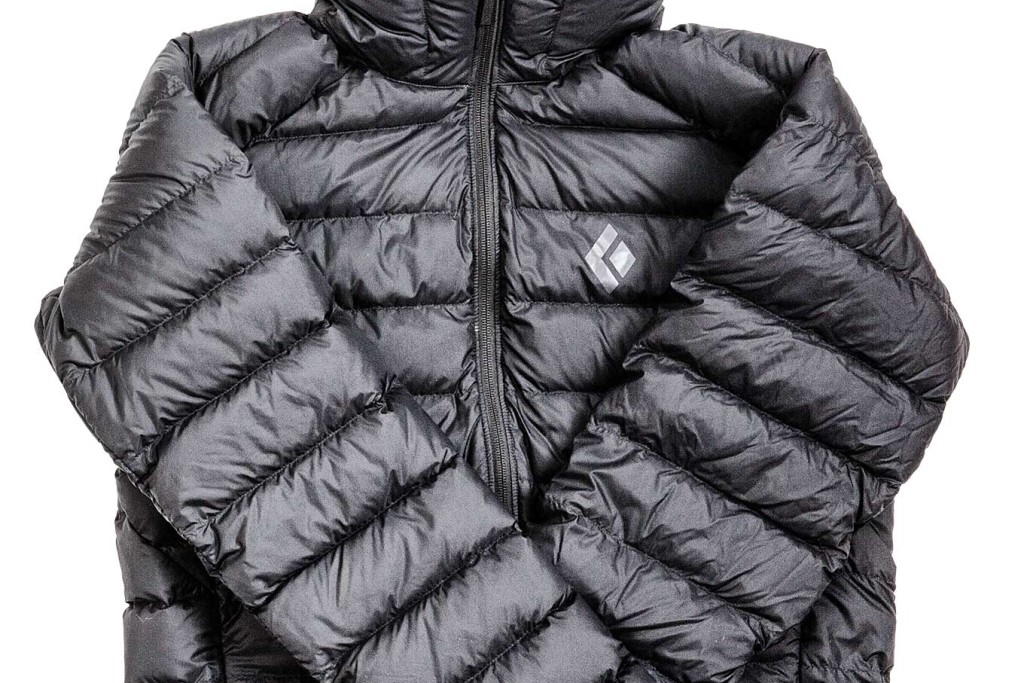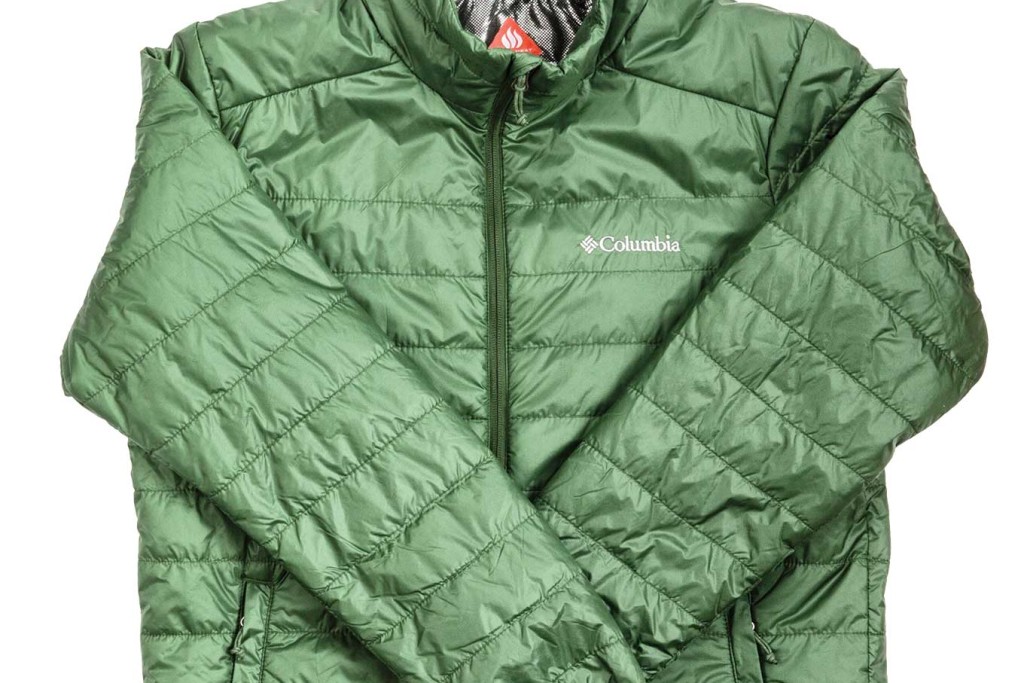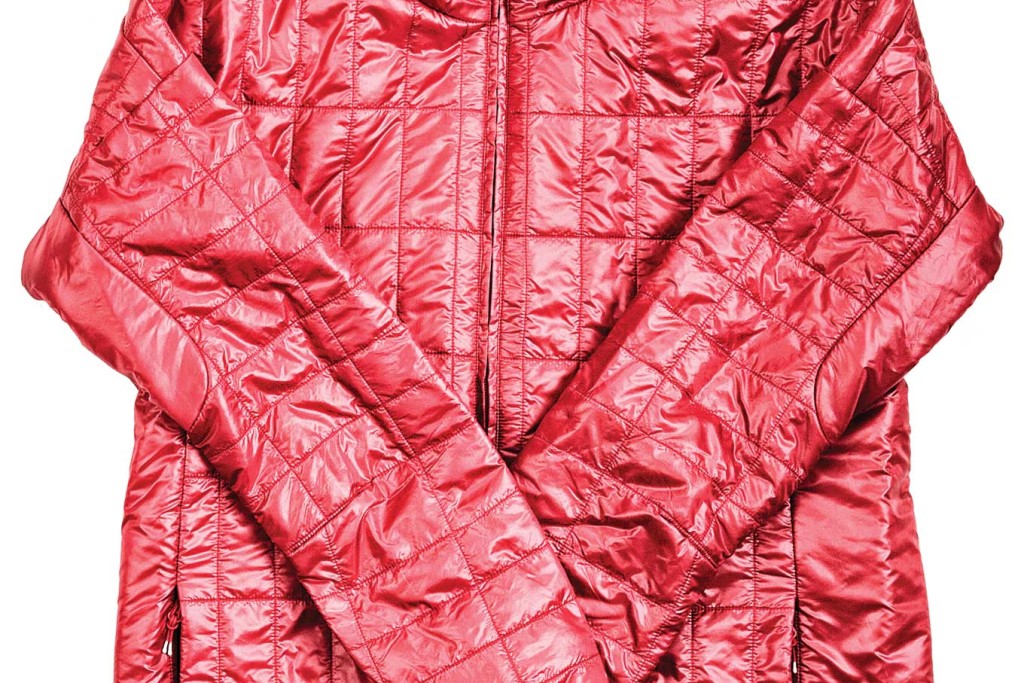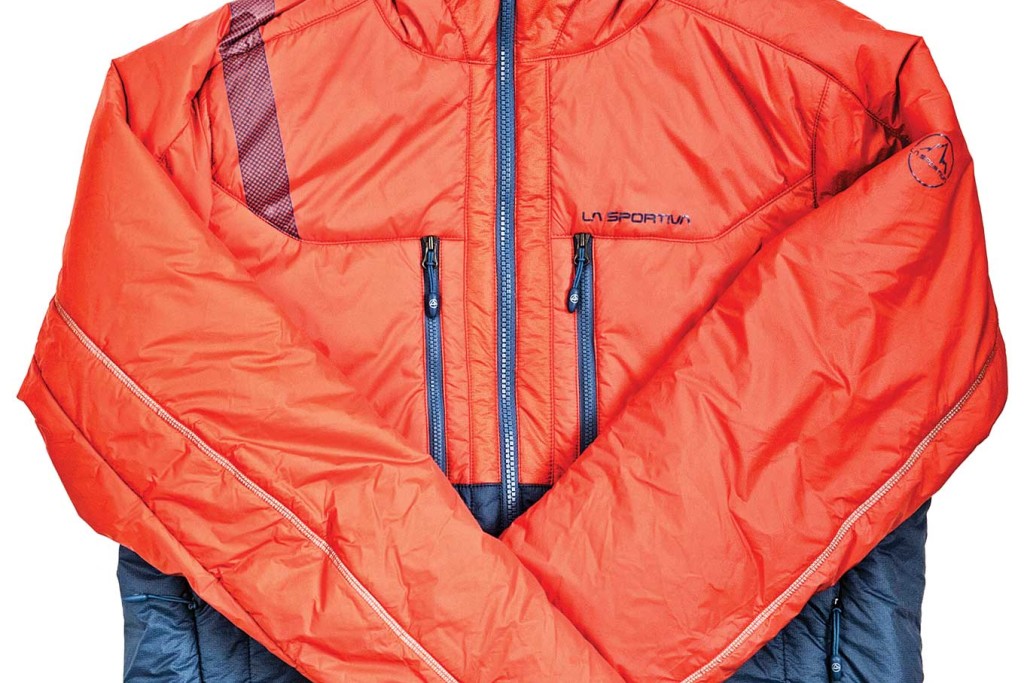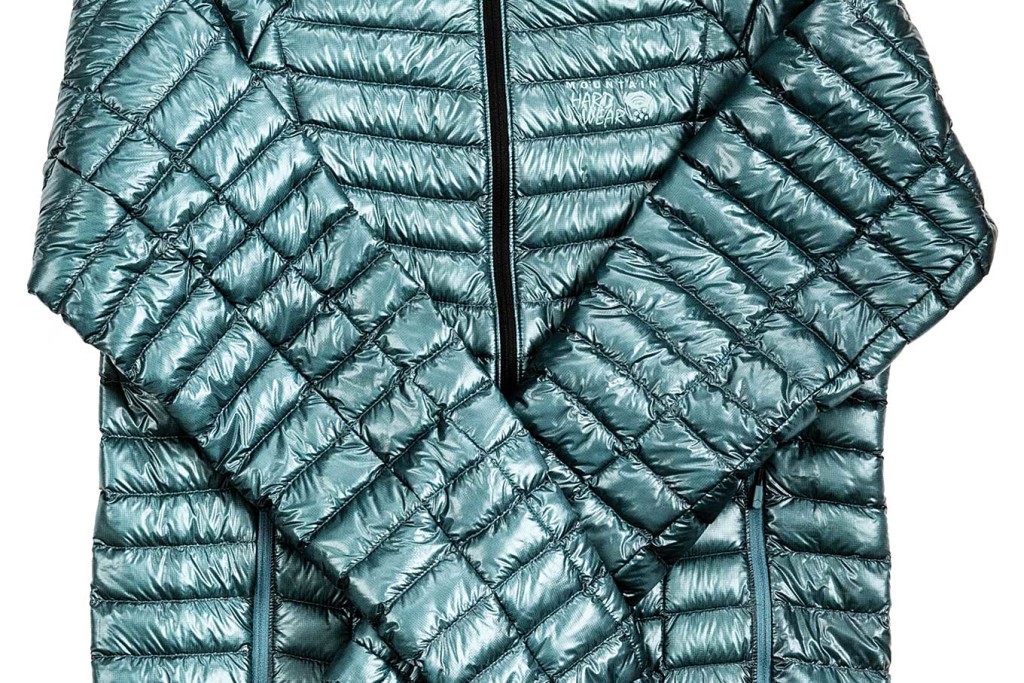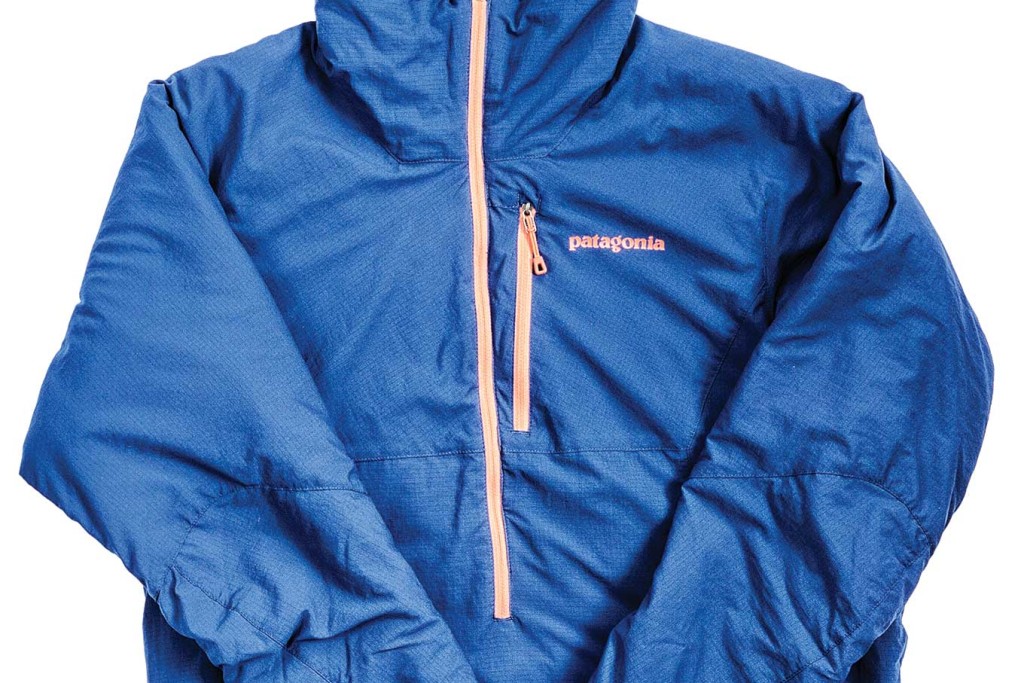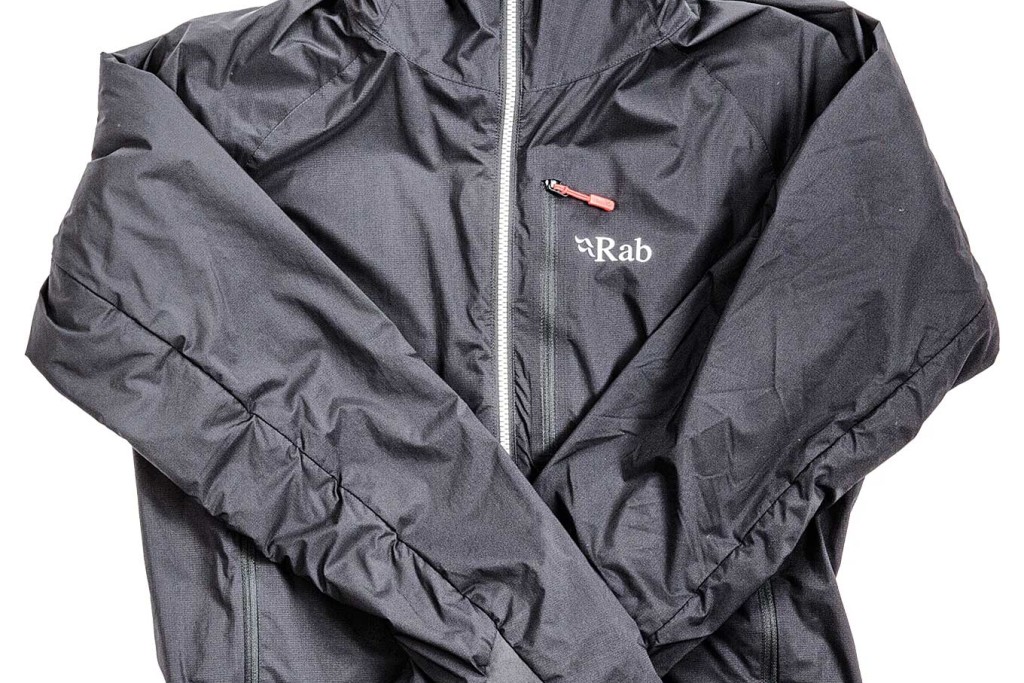We recently spent a full weekend in San Diego at the Fall 2017 Modern Mountain Man Rendezvous, also known as 3MR. This event is organized by Triple B Adventures, and is intended as a time of learning and fellowship for anyone interested in survival, the outdoors, and emergency preparedness. This non-profit event is open to the public, and attendees included active-duty military men and women, veterans, medical personnel, couples, and even families with kids.
To learn more about the origin of the 3MR event and its goals, check out our interview with Brady Pesola, a Triple B Adventures co-founder and leader at the San Diego School of Survival.
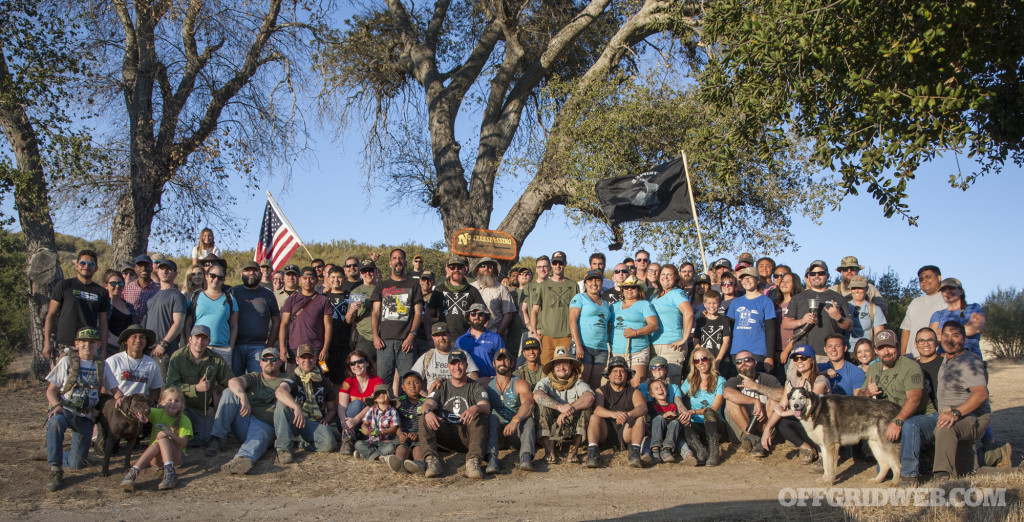
The Modern Mountain Man Rendezvous was supported by people of all ages and walks of life.
At the Fall 2017 3MR event , volunteer instructors taught brief courses on many helpful topics. These subjects included water purification, fire-starting, signaling for rescue, foraging for wild edibles, killing and processing small game, dealing with traumatic injuries in the wilderness, knot-tying, camp cooking, nighttime hiking, and even the basics of survival for children.
In the sections to follow, we'll share the first part of the many lessons we saw demonstrated at 3MR. For part 2, be sure to follow us on Facebook and check our site again next Sunday.
Water Purification
Taught by Colin of Kit Fox Outfitters
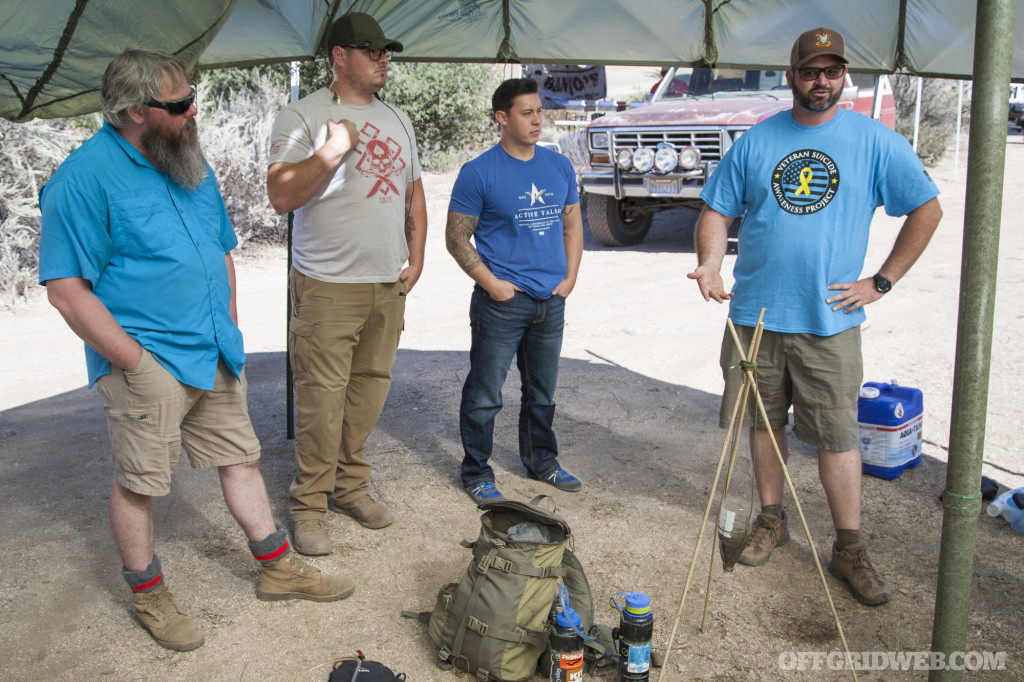
Southern California is well-known for its dry conditions, and the unincorporated Warner Springs area of San Diego county is particularly arid. So, the first point Colin emphasized is the importance of bringing a healthy supply of water as you venture into the desert. In this environment, water is life. And as you'll see later, it may not be easy to resupply in the wild.
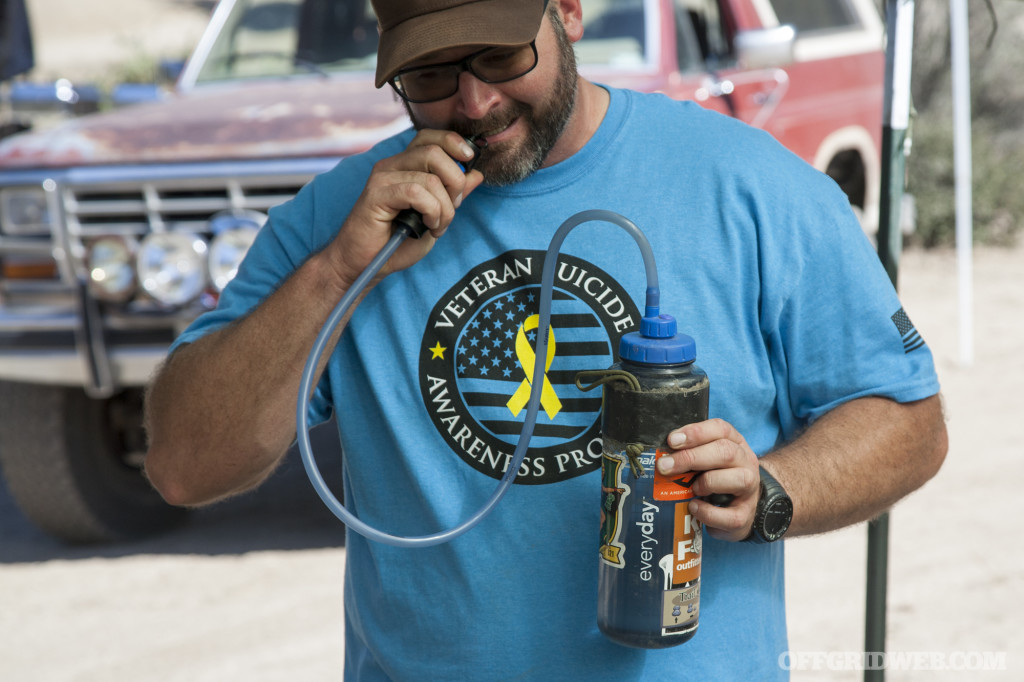
His pack contains two 48-ounce Nalgene bottles. One is fitted with a Source Convertube hydration adapter for quick access; the other contains a green Pillid for storage of chlorine purification tablets and other meds. He also carries a small metal canteen for boiling water, and a Sawyer Mini filter (shown above) that can be installed in-line on the Convertube. This setup provides a well-rounded approach to purifying water, and plenty of capacity for longer treks.
Colin also noted that he carries something to replenish electrolytes, such as hiking salt tablets, sports drink powder, bouillon cubes, or small packets of dried chicken soup mix.
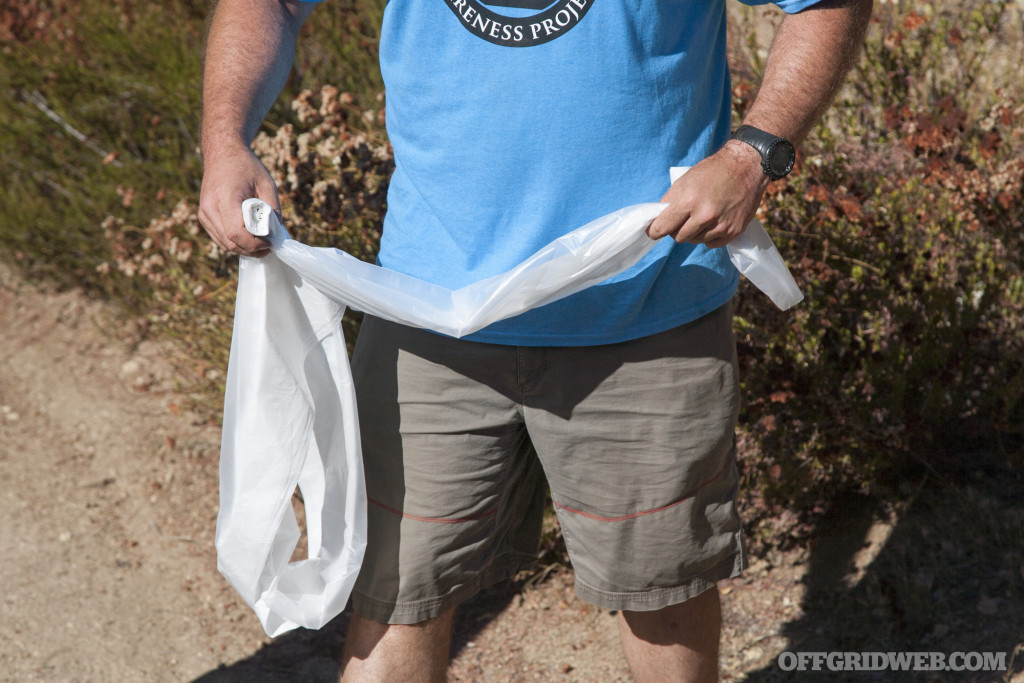
With some clear plastic, you can make a solar still to produce clean water.
So, what happens if you run out of water? It's unlikely that you'll come across so much as a trickling creek in the scorching desert heat — purifying water from stagnant puddles with the methods above may be the only course of action. If that fails, Colin showed another method of obtaining water: a solar still.
Here are the steps to making a solar still:
- Dig a hole about one foot deep.
- Fill the base of that hole with something that contains moisture, such as pulverized plant material. Unlike most other purification methods, even urine can be used in a solar still, as this process distills out the water from its impurities.
- Insert a cup in the center. In this case, the bottom portion of a plastic soda bottle was used. A tube can also be run from the cup to the surface of the hole for easy drinking.
- Cover the hole with plastic sheeting, and place rocks and soil around the edges to keep the enclosure sealed.
- Place a stone or weight in the center of the hole.
- Sunlight will create condensation on the sheet, and that water will run down to the weighted portion, dripping into the cup.
This is a slow process, but in a dry environment, it may be one of the only ways to replenish your water supplies.
Tinder Materials & Fire-Starting
Taught by Todd (a SERE instructor) and Brady Pesola
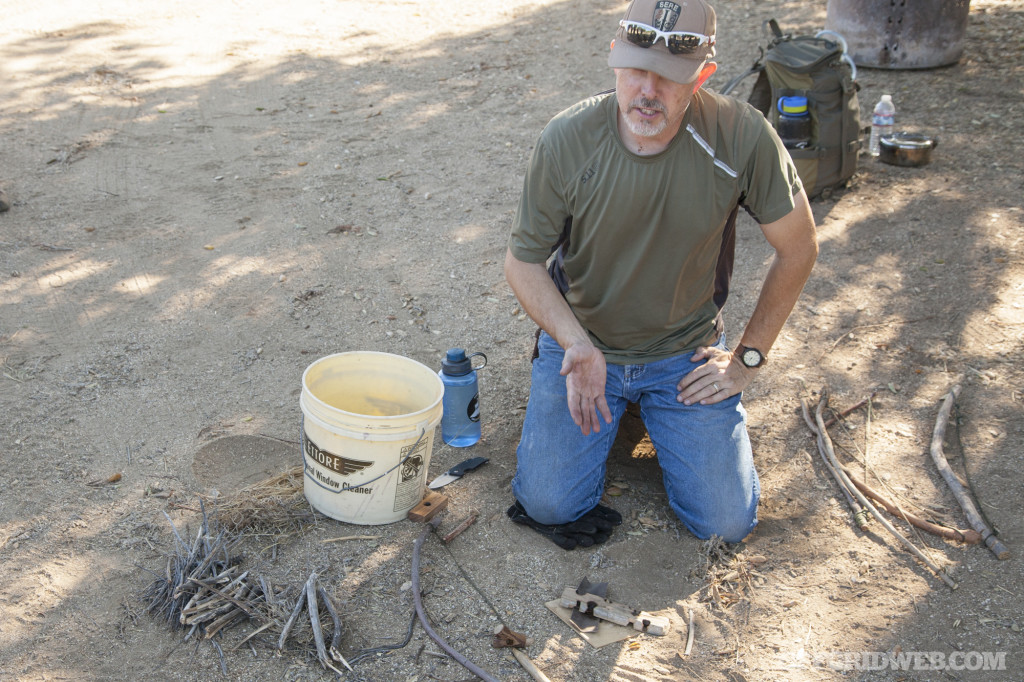
Even in a sunny desert region, fire-making is an essential skill. Nighttime temperatures drop sharply in this area — they reached the low-40°F range on this otherwise warm October weekend. This can quickly lead to hypothermia if you're not cautious.
In addition to heat, fire also provides a means of cooking food, repelling insects, and signaling for help. Todd discussed how to collect tinder, kindling, and firewood, as well as a few methods to ignite these items.
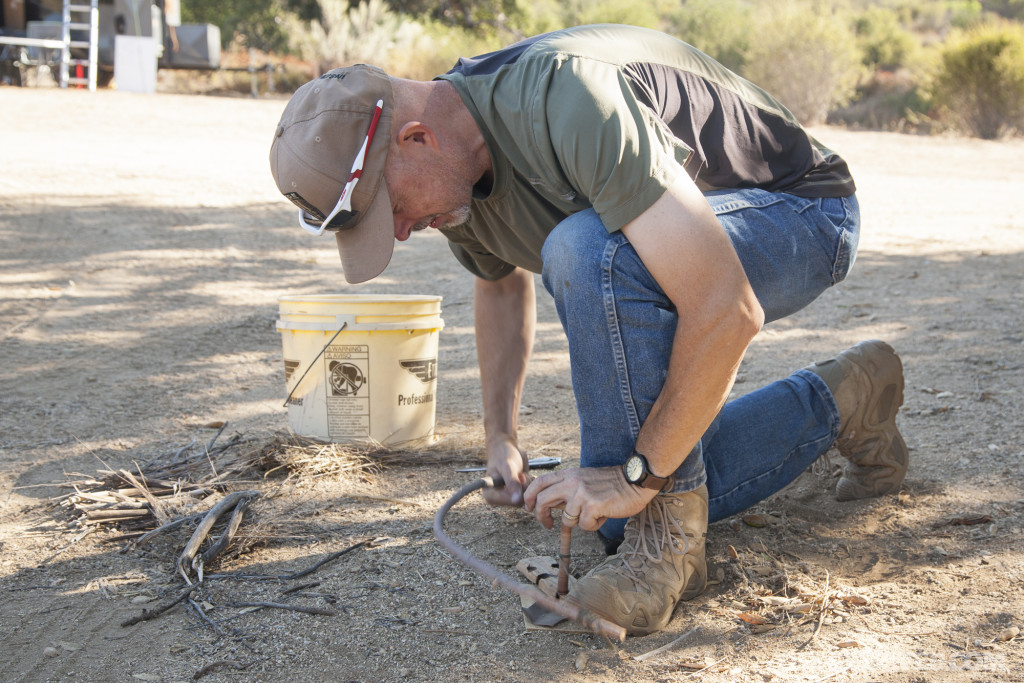
A bow drill uses a curved branch and some cordage to quickly rotate a spindle, generating friction on a notched board. After several minutes of vigorous work, an ember is generated, and tipped into a piece of leather below. Unfortunately, it's not as easy as seen on TV. Even with Todd's considerable experience, he was unable to get a fire going with the bow drill during the 20-minute lesson.
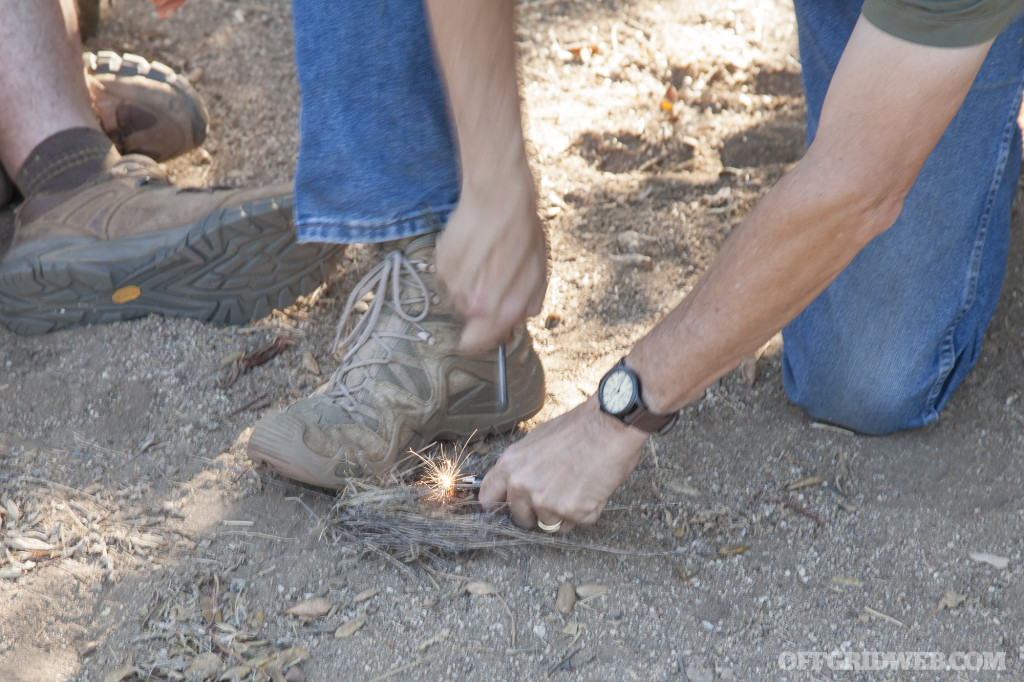
Fortunately, easier methods of fire-starting exist. You just need to prepare by bringing them in your pack. Todd demonstrated a clever method of striking a ferrocerium rod by holding a his knife's tip against his boot and above a pile of tinder. Drawing the rod back against the hard-edged steel, sparks showered directly onto the tinder instead of scattering haphazardly.
This method was also used to scrape shavings of a magnesium bar, as seen above. Colin stepped in to show the resilience of a storm-proof match, dipping it into a water bottle and holding it up as it re-ignited.

Char cloth can be made in a punctured tin over a campfire or any other intense open flame.
Later, Brady showed students how to make char cloth in a tin, and how to ignite that char cloth with sparks from a flint and steel set.
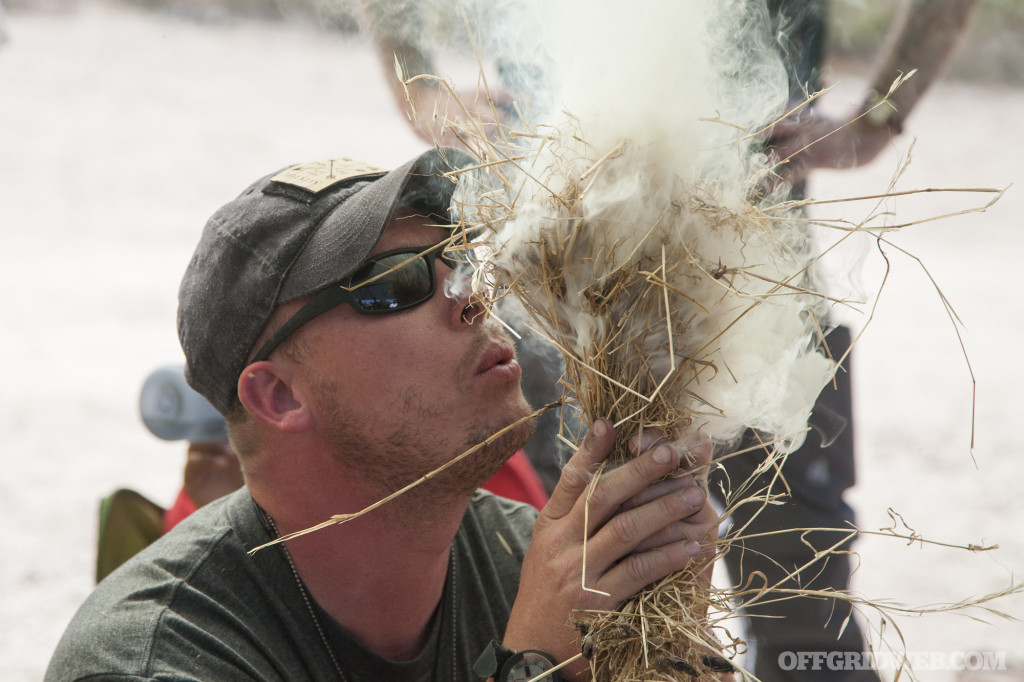
He also discussed the importance of forming a tinder nest from folded dry grass, and how an ember can be nursed into flame by gently blowing into the tinder as if you're “praying to the fire gods”.
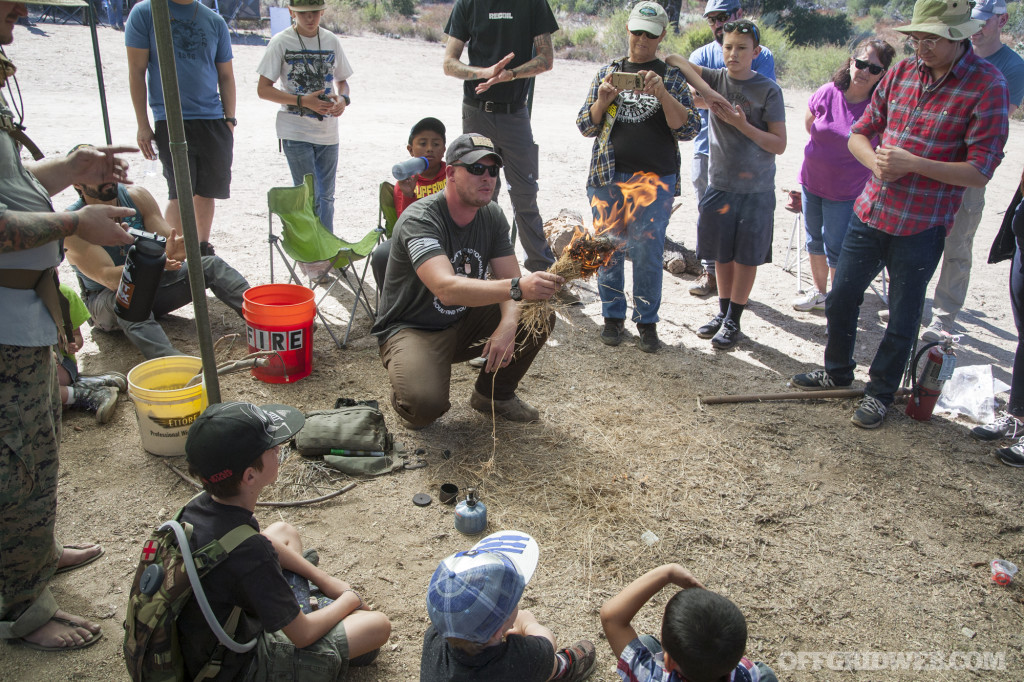
Emergency Signaling
Taught by Colin of Kit Fox Outfitters
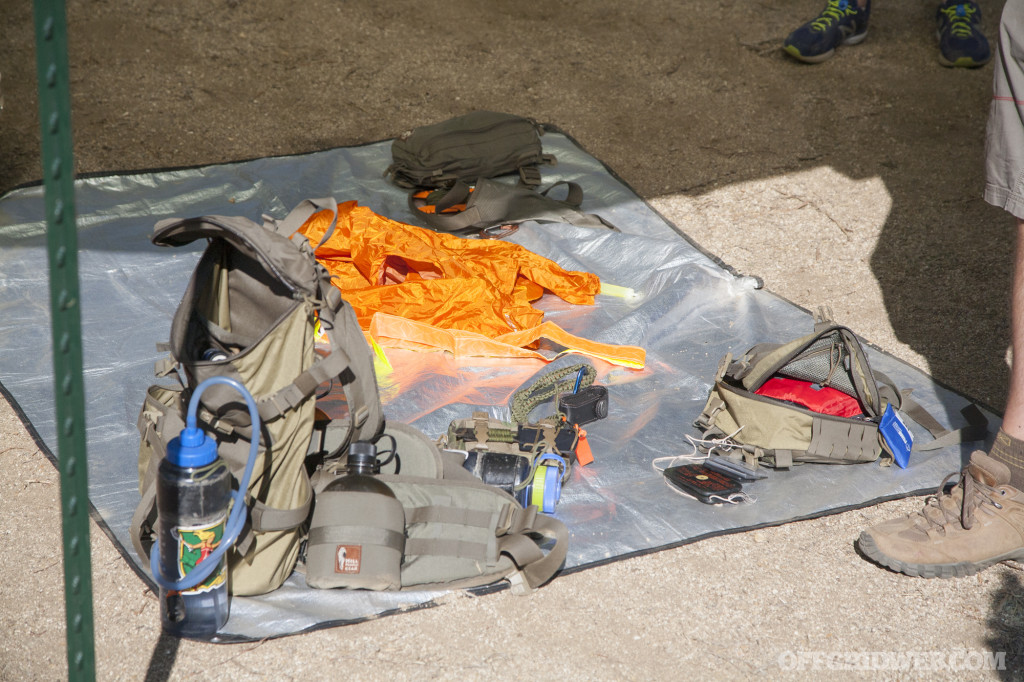
Colin stepped in once more to show some of the emergency signaling devices he carries in his various packs. He emphasized the following principles of signaling for rescue:
- Rule of 3 – Patterns such as three straight lines of rocks, three whistle blasts, or three gunshots clearly indicate the presence of a human.
- Contrast is key. Use signals that visually or audibly stand out among the surroundings, whatever they may be.
- Movement attracts the eye. Tied-off strips of bright fabric fluttering in the wind can help rescuers.
- International ground-to-air emergency codes – Mark the ground with a large V for “require assistance”, an X for “require medical assistance”, or an arrow for the direction you're traveling
- “Chum the waters” with as many signals as possible. Leave a variety of metaphorical breadcrumbs which rescuers can track.
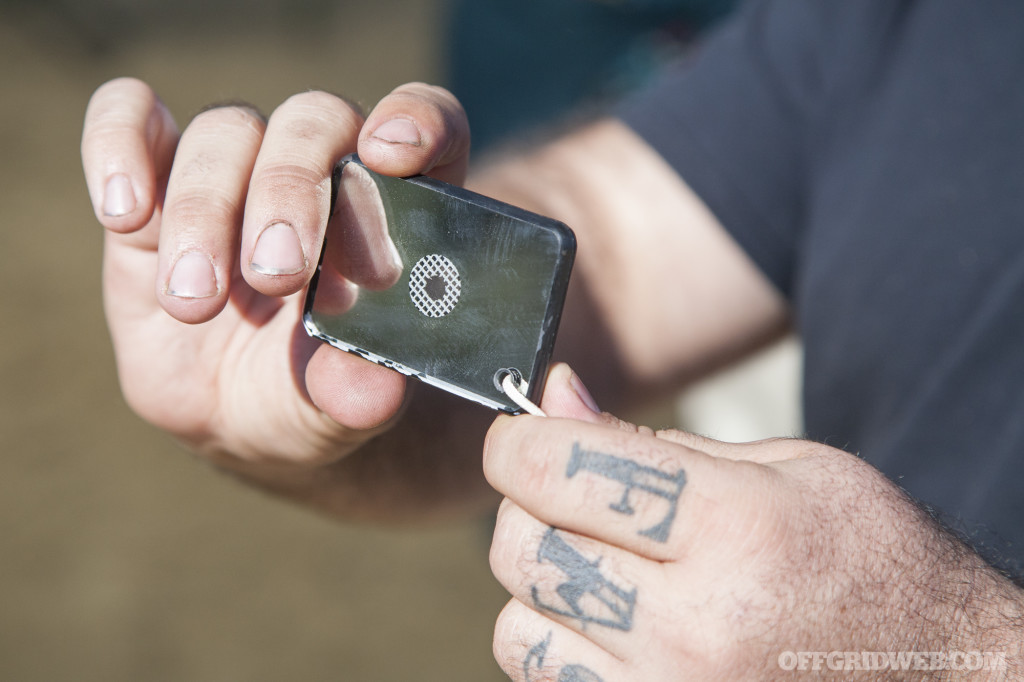
The transparent peep sight in the center of a signaling mirror makes aiming easier.
The use of a signal mirror was also demonstrated, and sample mirrors were passed out to 3MR students. By holding fingers out in a V shape, the mirror can be aimed through the V much like using the rear sight posts on a gun. Flashes from this mirror can be used for long-distance Morse code communication, or simple distress signals.

Photo Gallery
There was so much to learn at the 3MR event, we couldn't fit it all into one article. So, we split the remaining lessons on wild edibles, small game animals, and wilderness medicine into a second post. Check back next weekend for the continuation of these courses.
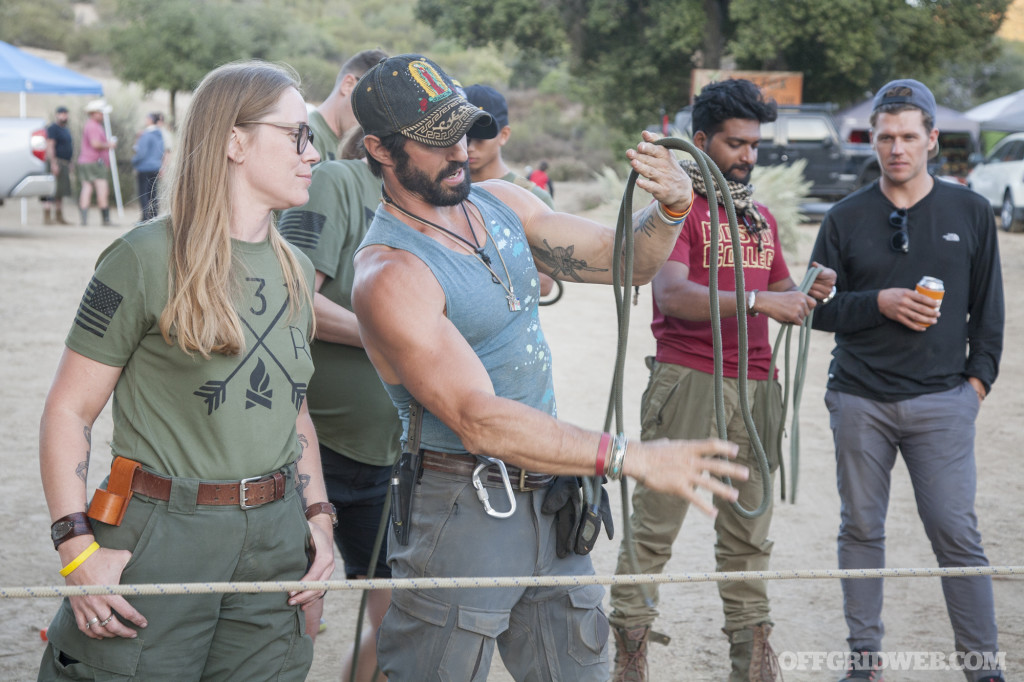
Rudy Reyes used his experience as a Force Recon Marine to show students the basics of rope work.
Below, you can also check out a photo gallery of some candid shots we took throughout the weekend. Broken Oak Ranch was a great location, and provided plenty of space to set up tents and booths. We even handed out free copies of RECOIL OFFGRID, RECOIL, and CONCEALMENT magazines to attendees. Funds for upcoming Triple B Adventures events were generated by a charity raffle that included some great prizes from event sponsors — backpacks, knives, water bottles, fire starters, gift certificates, and a beautifully-engraved break-action shotgun.
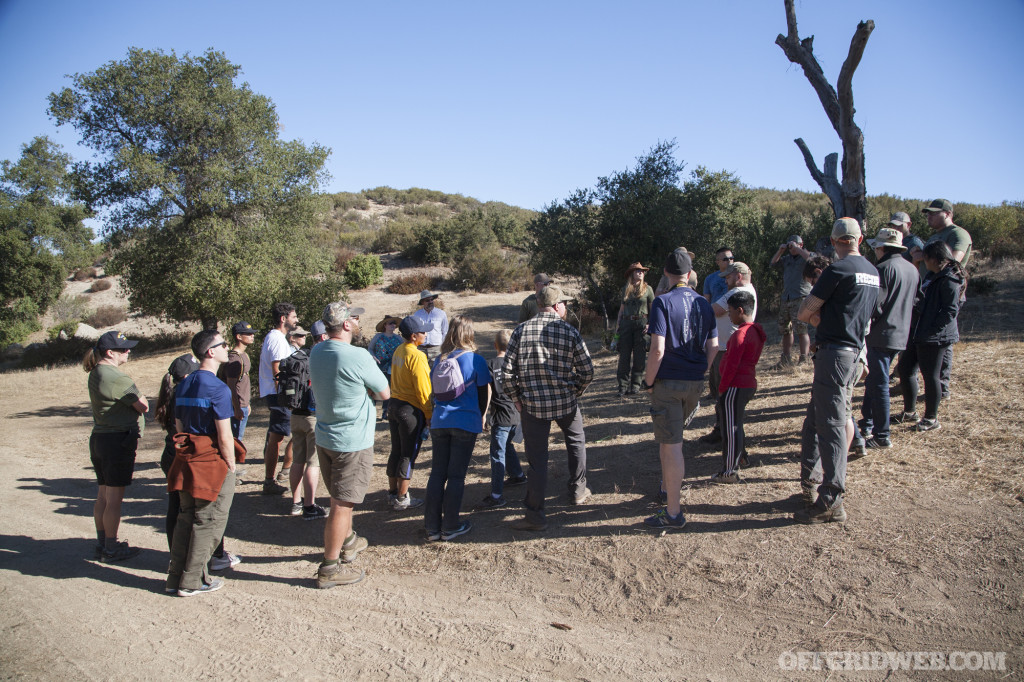
Courses were small enough that students could ask questions and offer suggestions. We all learned from each other.
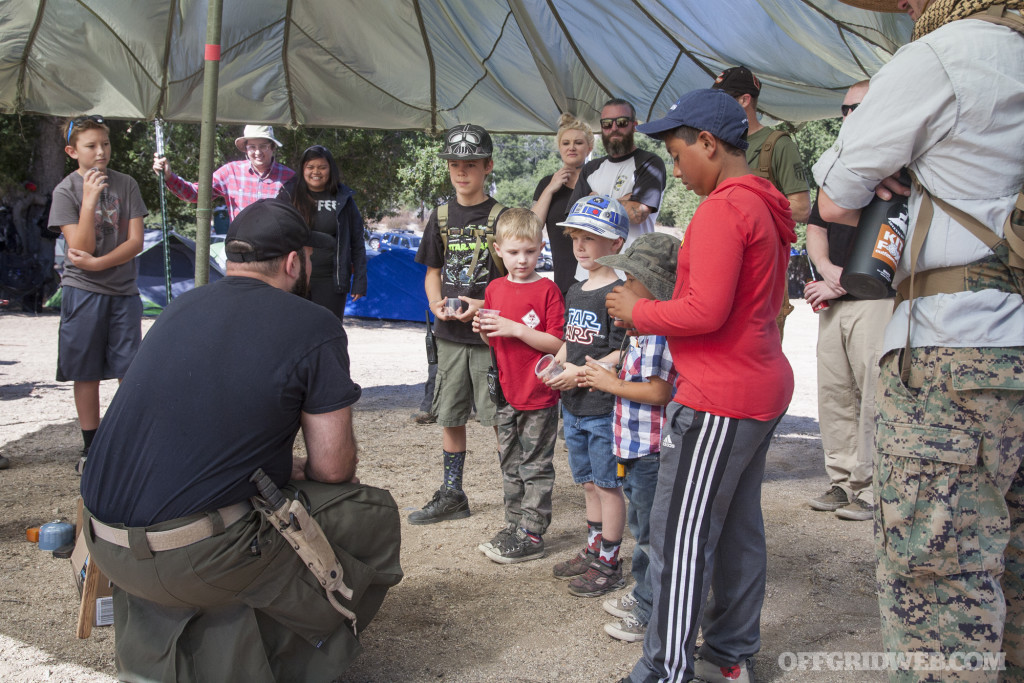
A survival course for kids taught the basics of what to do in an emergency, and potential dangers they might face.
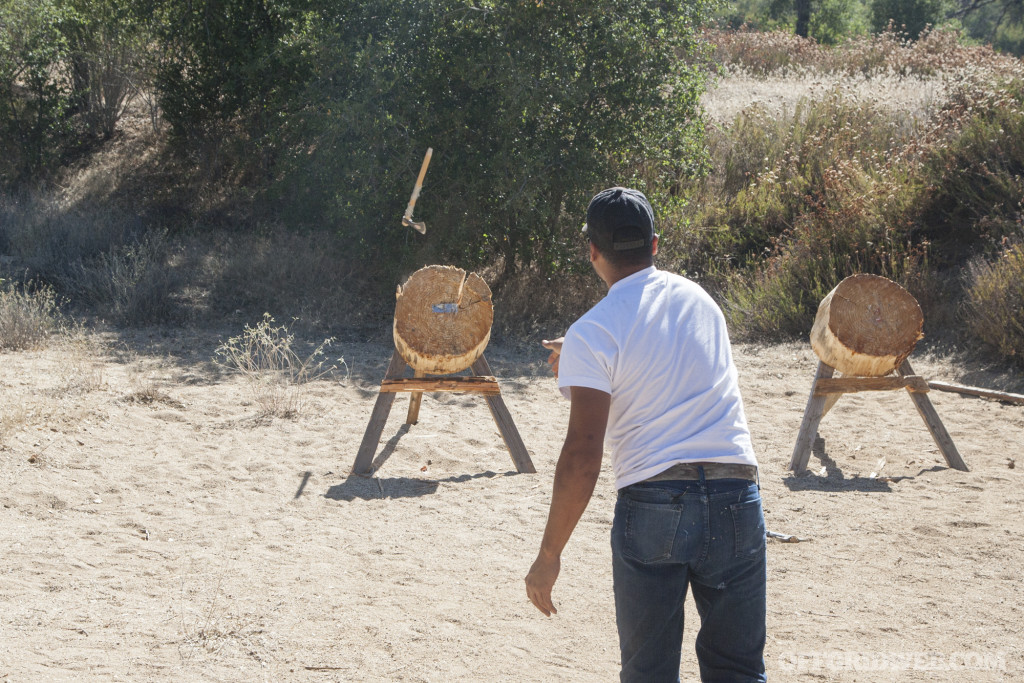
Target ranges for archery and tomahawk throwing were open all weekend.
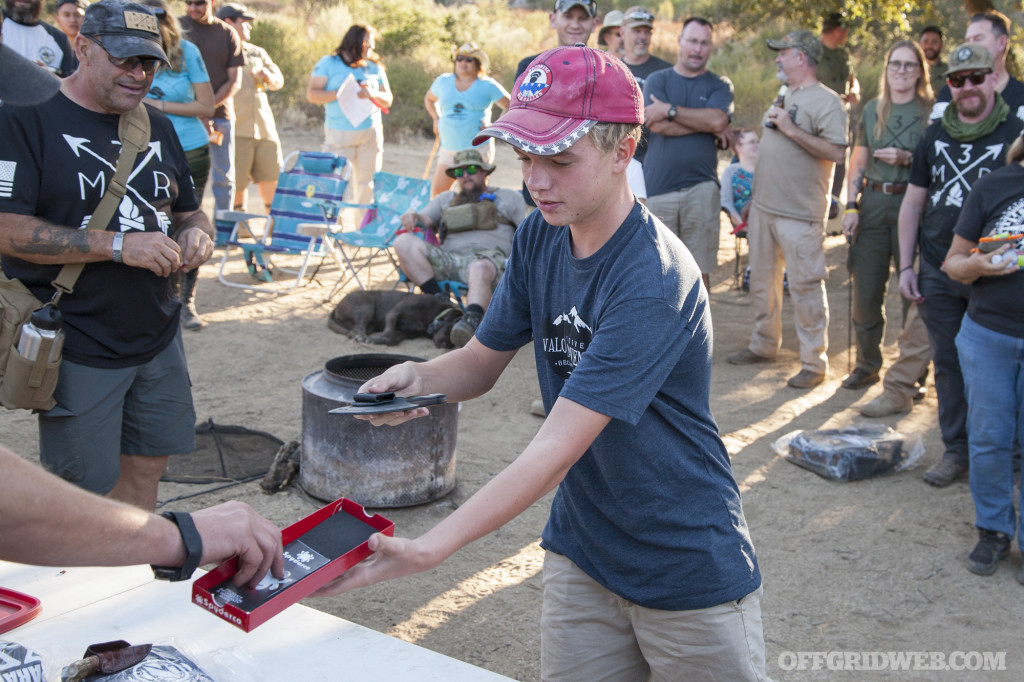
An auction generated funding for future non-profit events. We donated several prizes, including this Spyderco knife.
If you're interested in learning more about 3MR or attending a future event in the San Diego area, go to 3MR.vet or follow the Modern Mountain Man Rendezvous page on Facebook.

